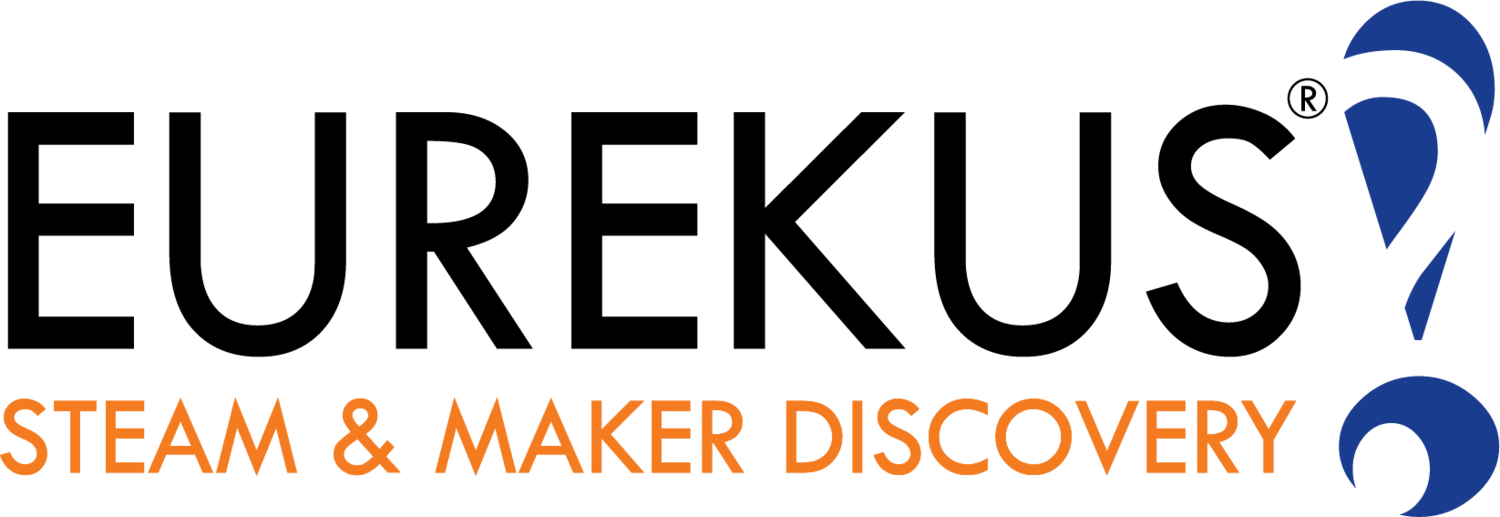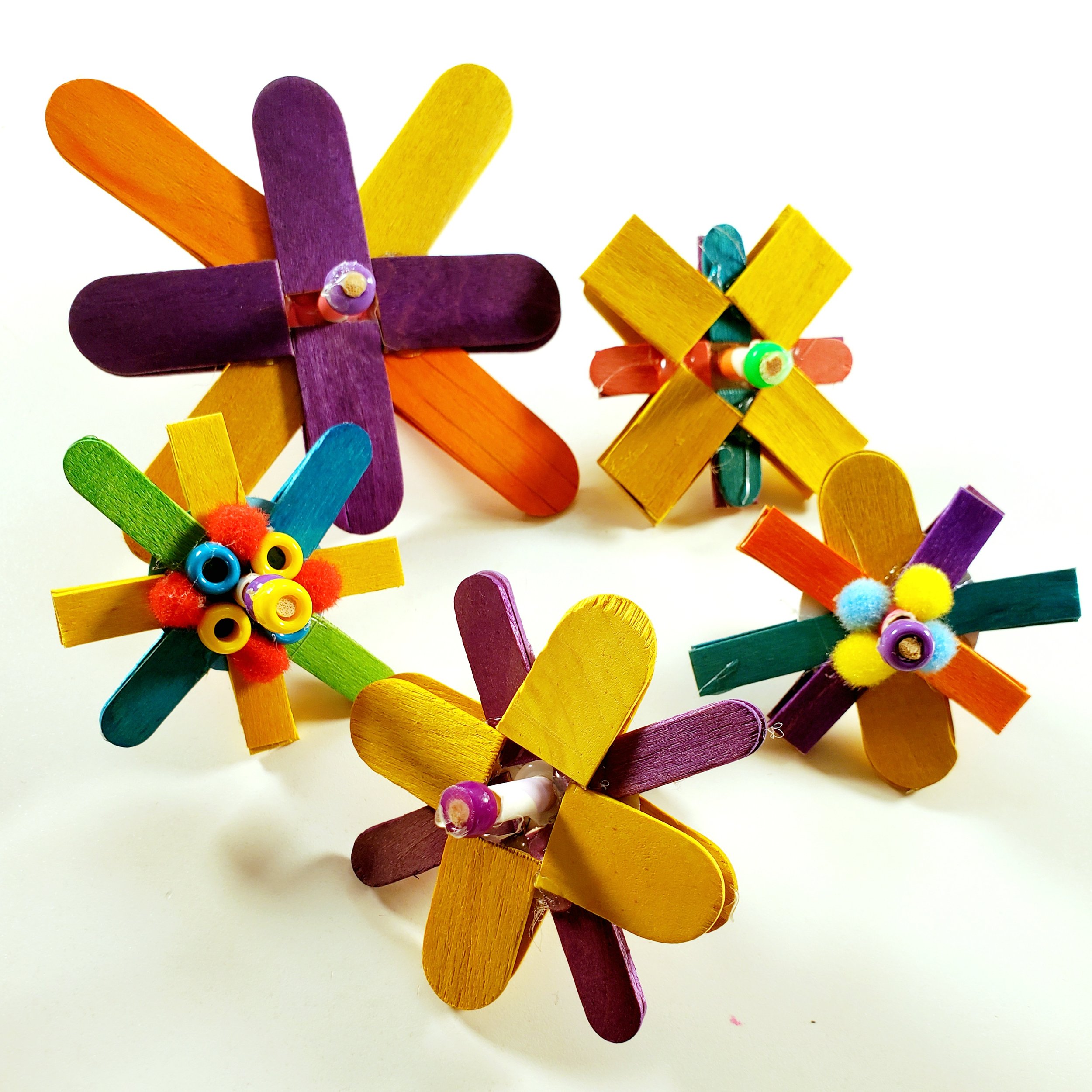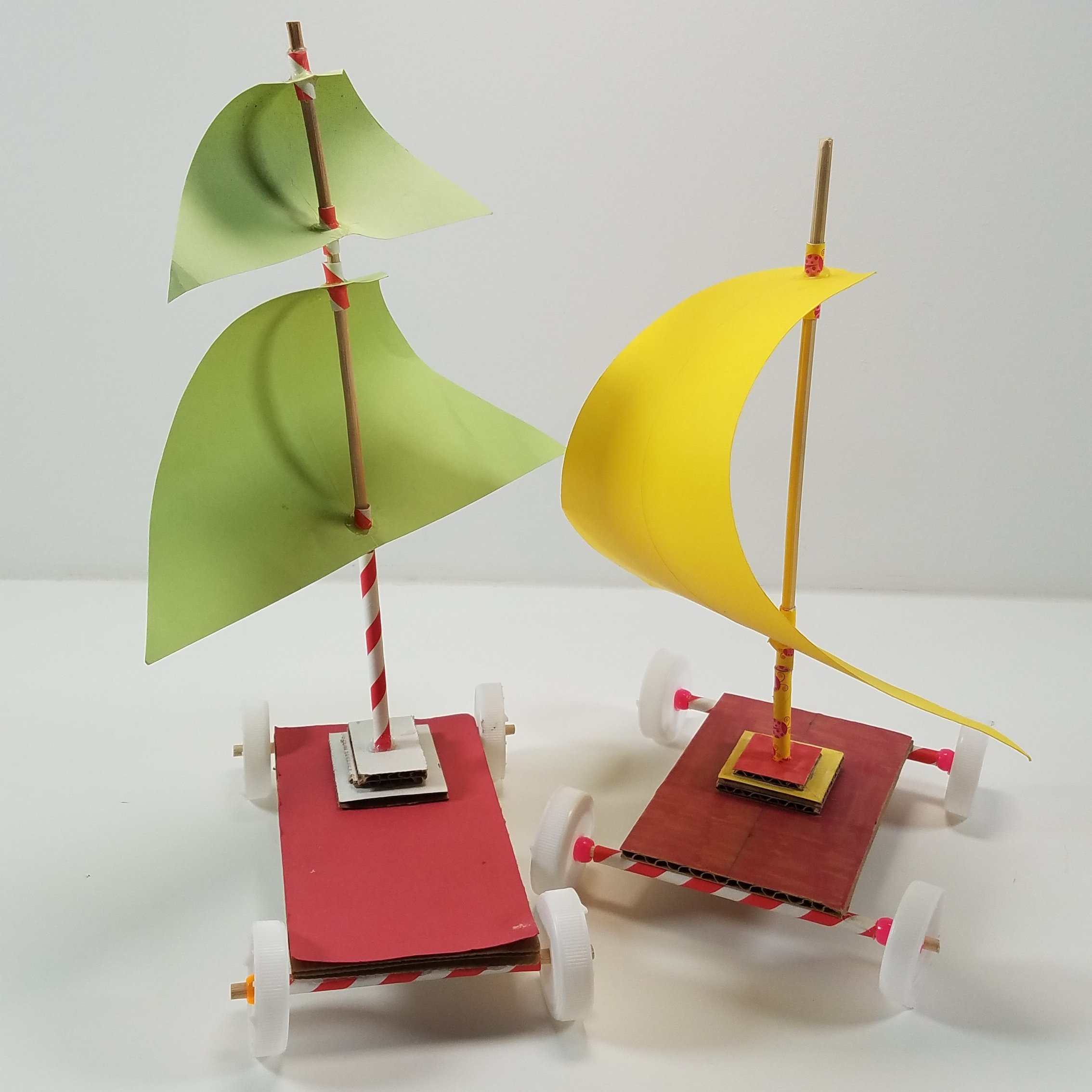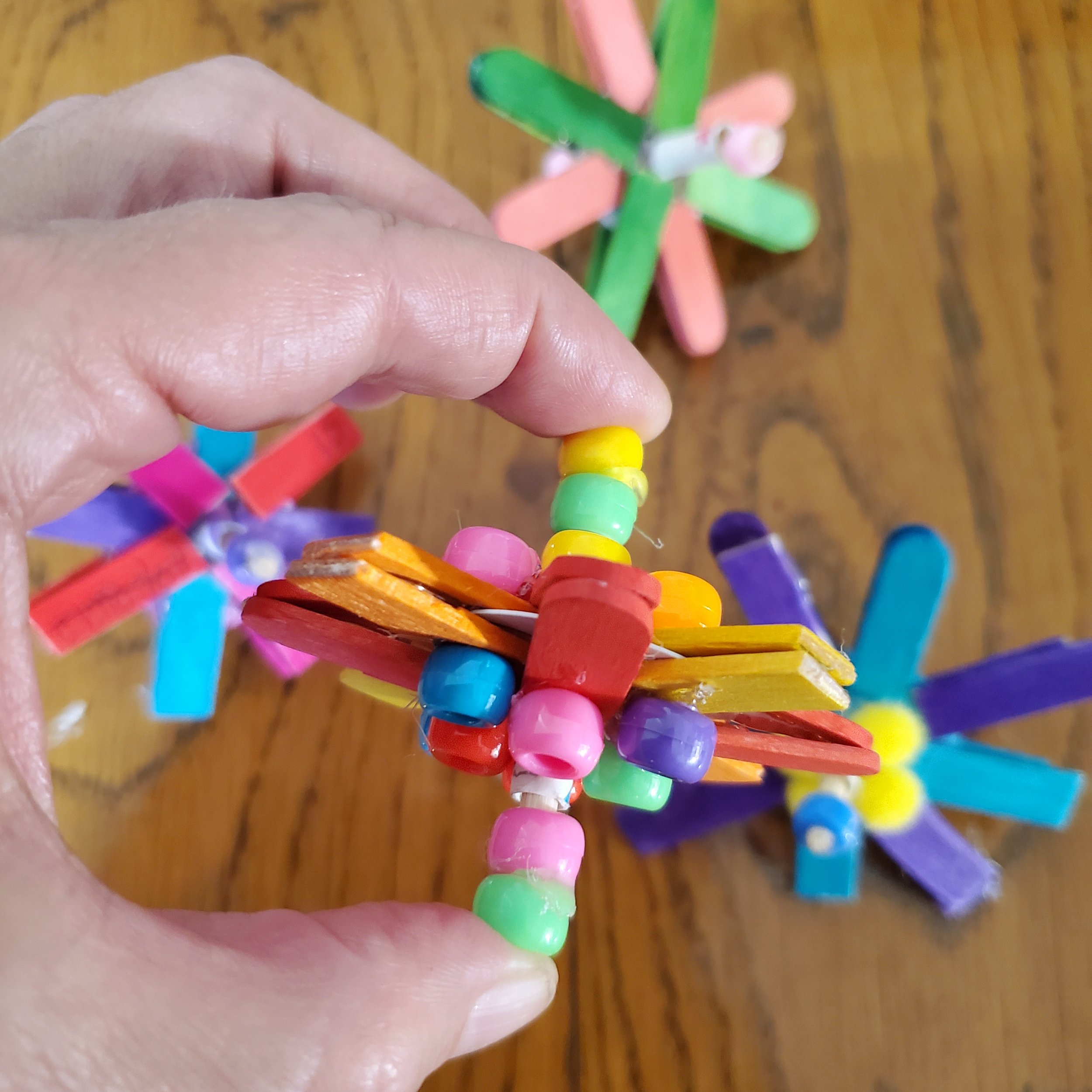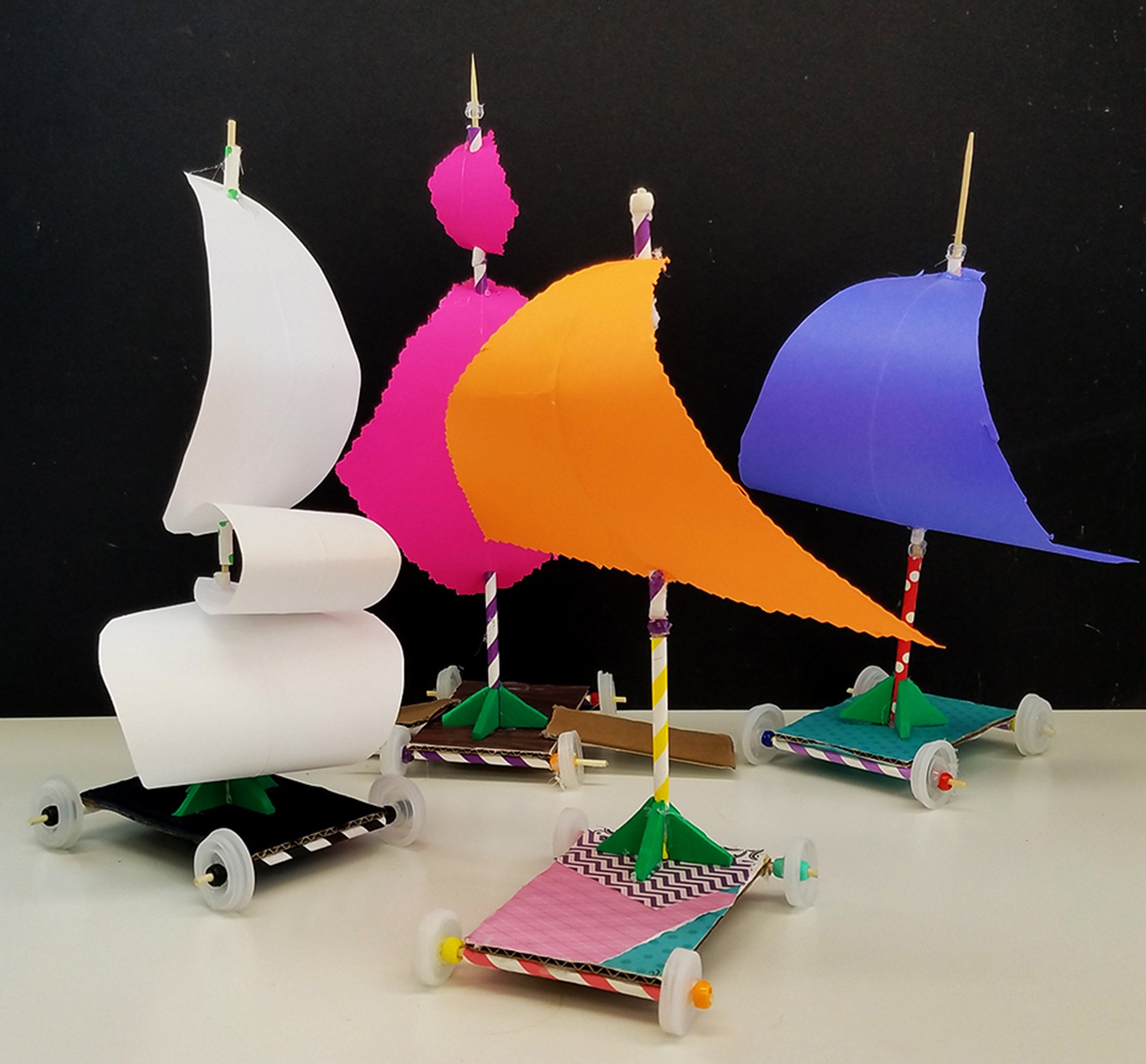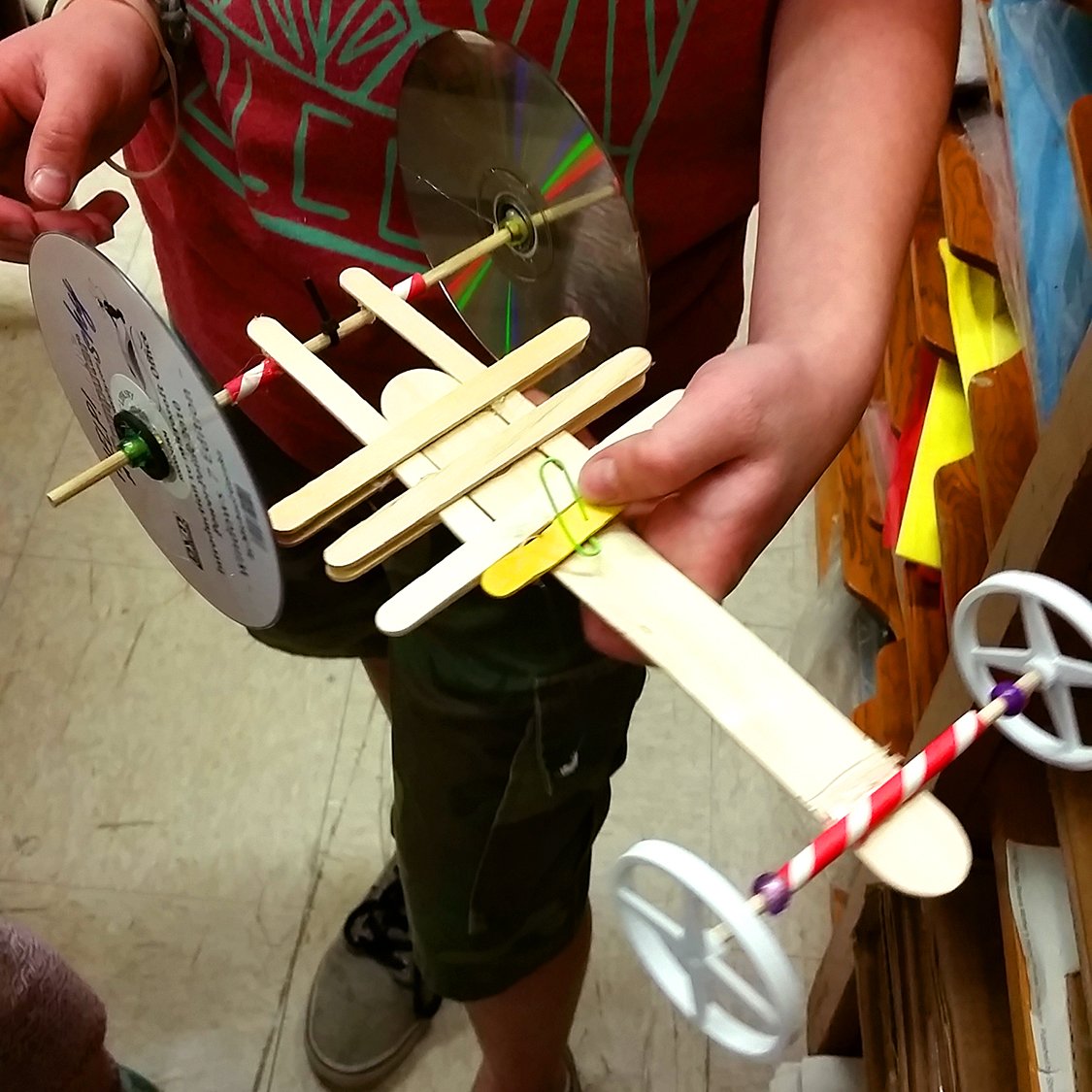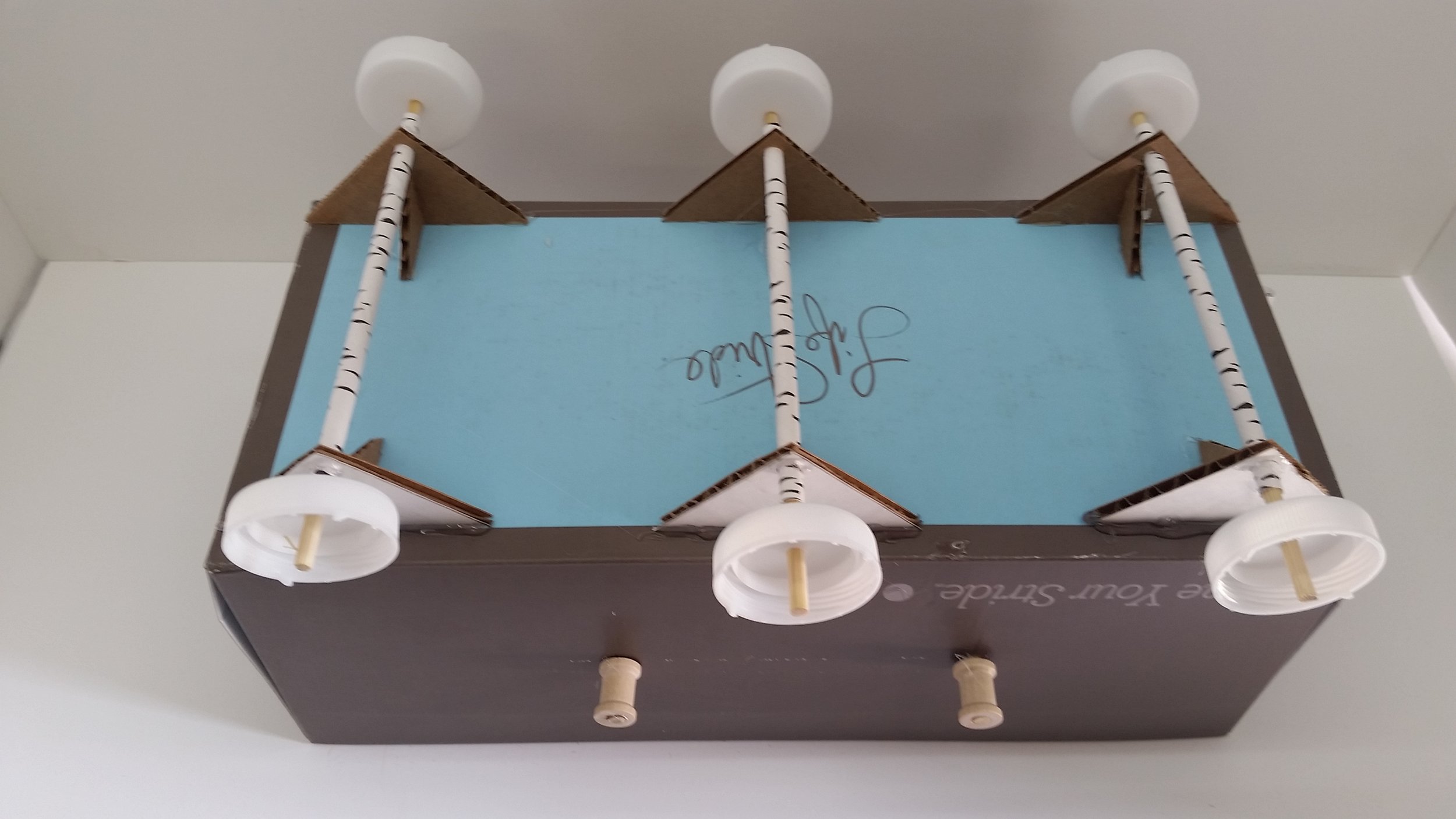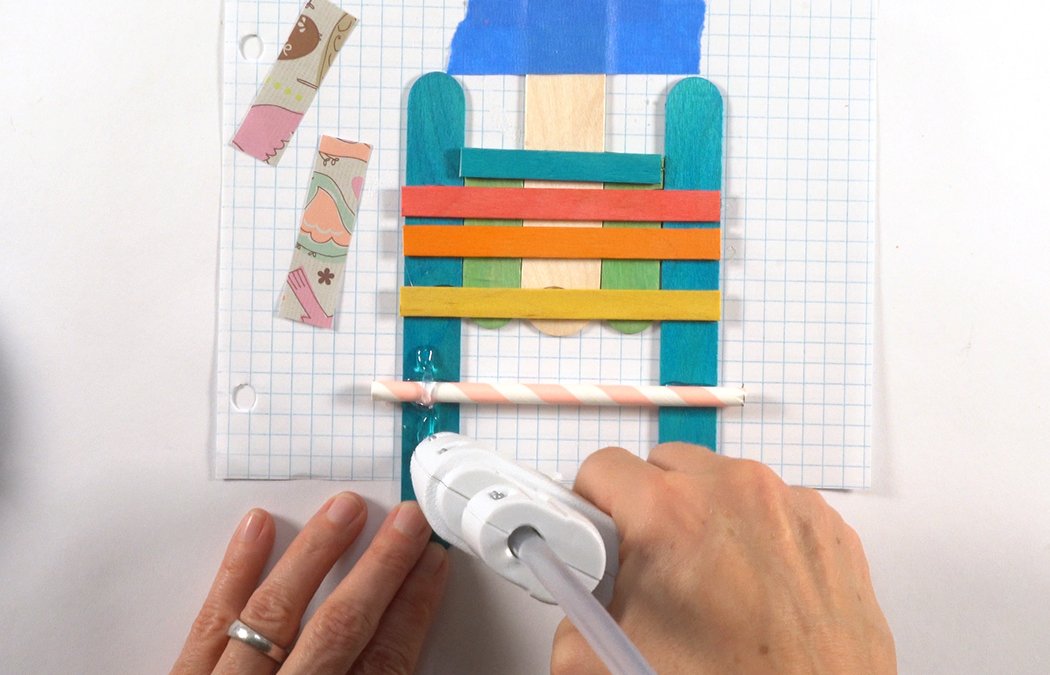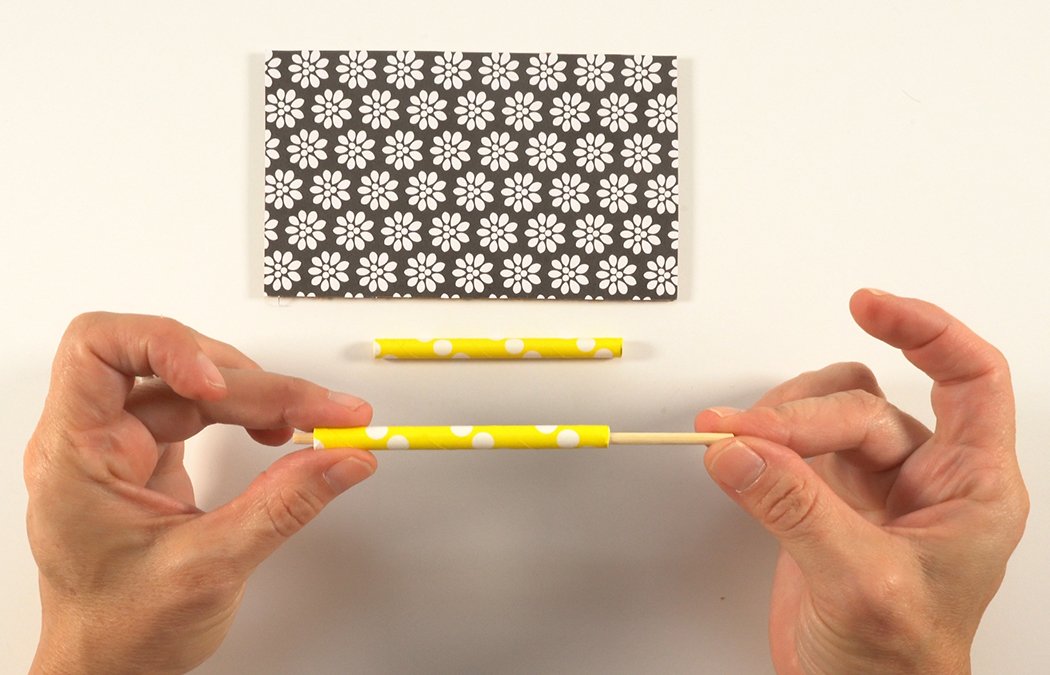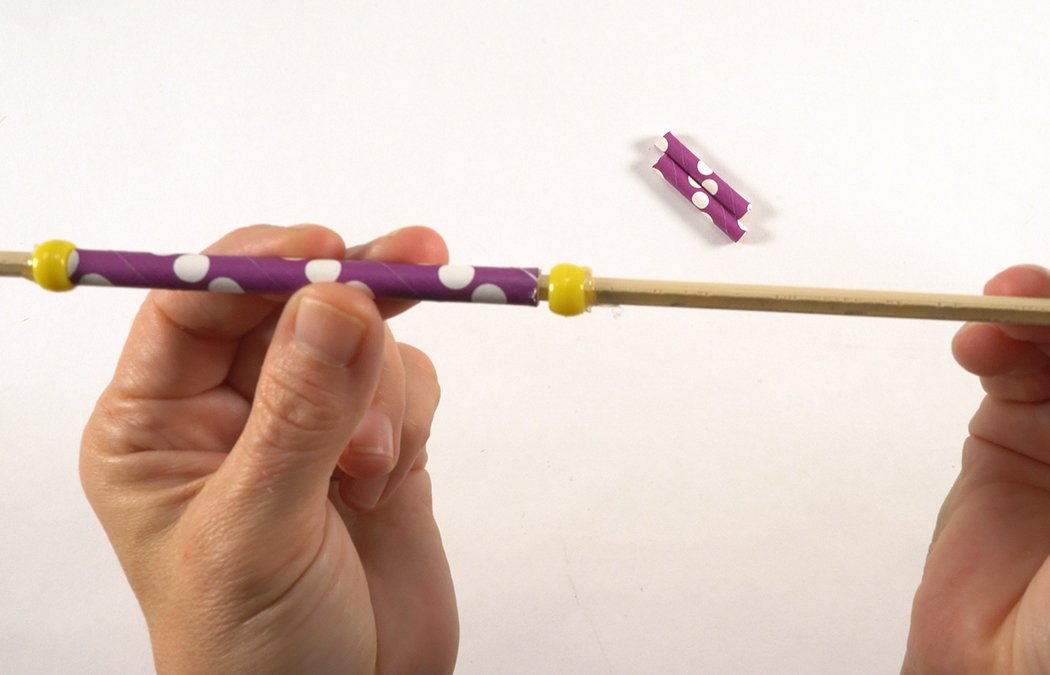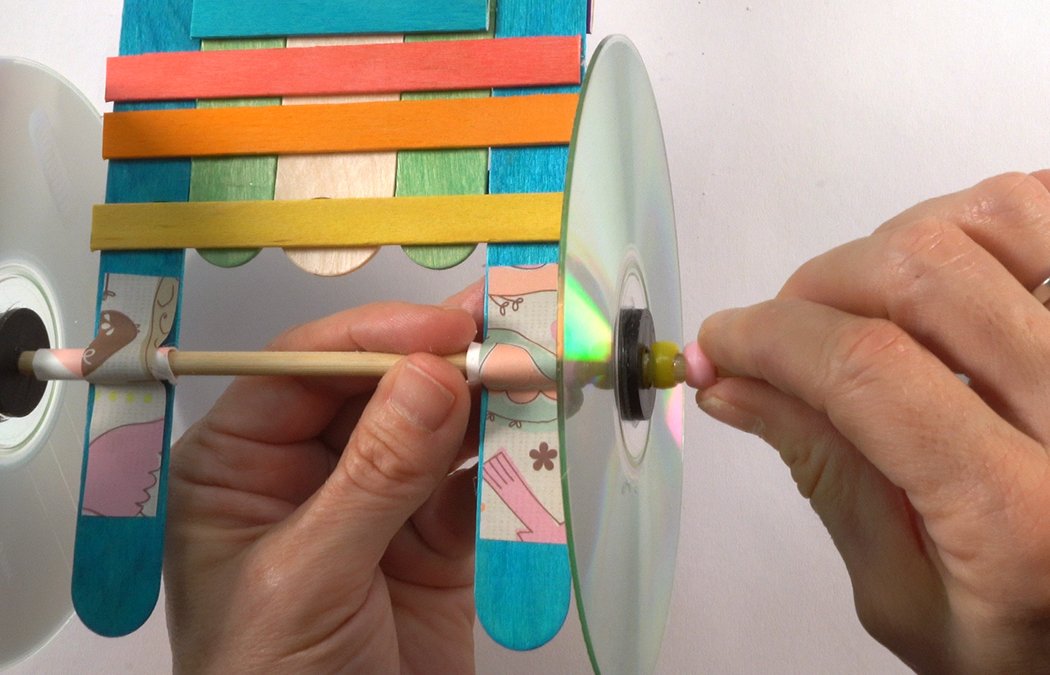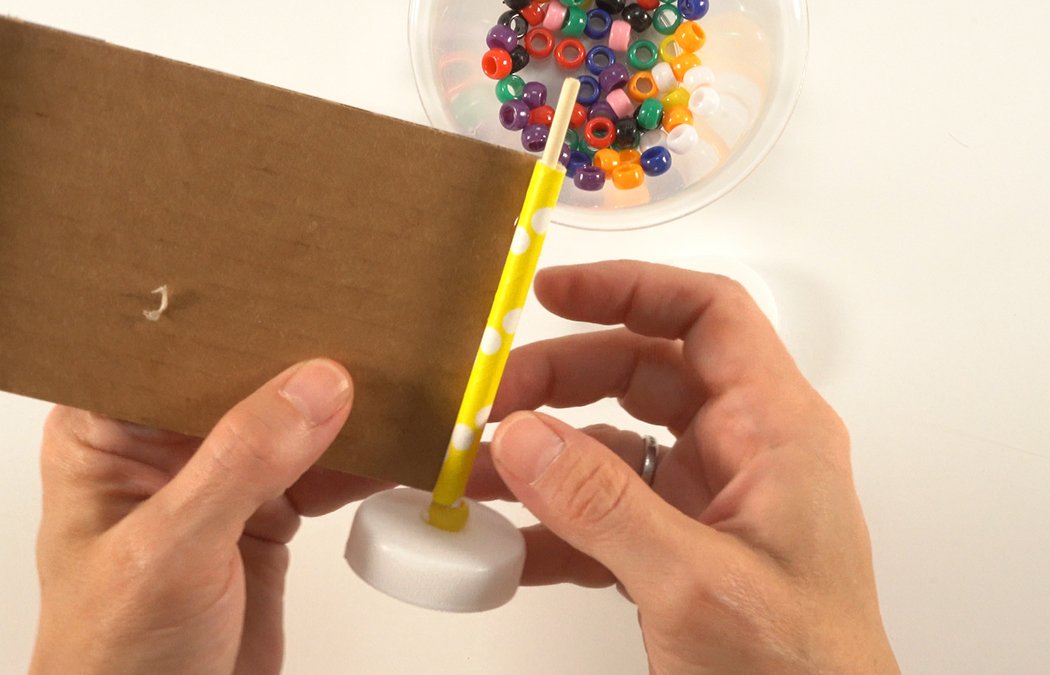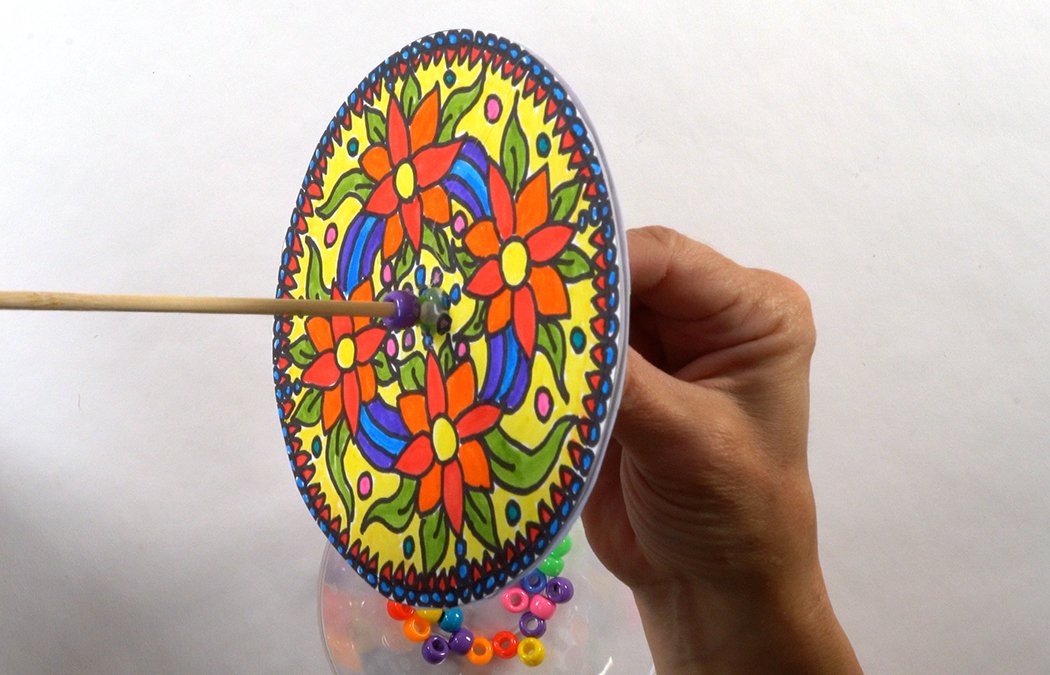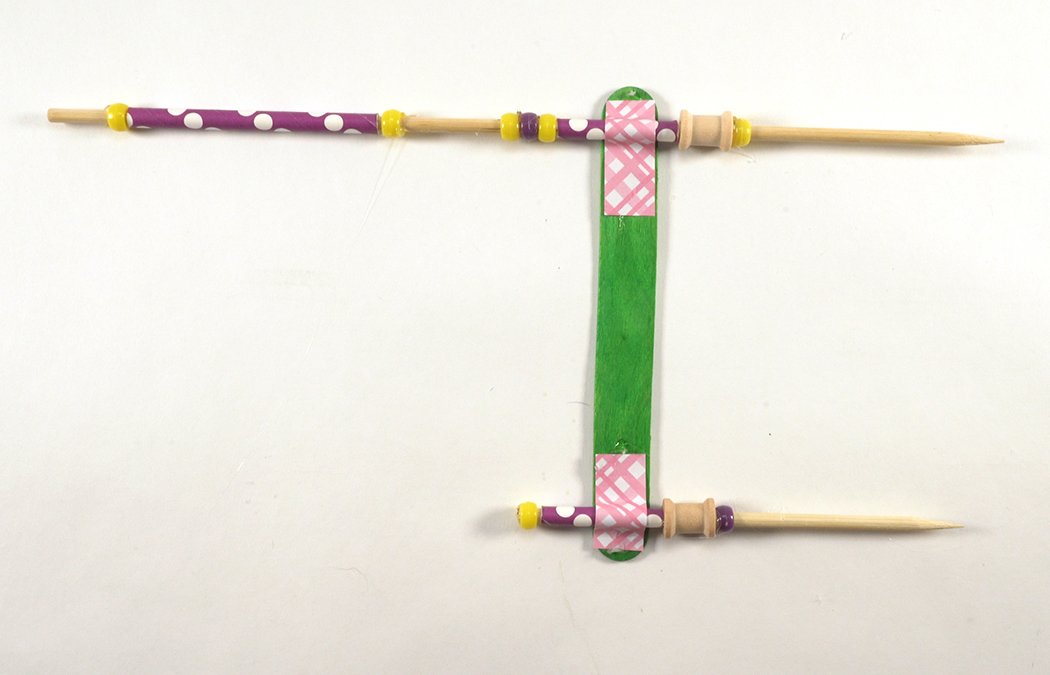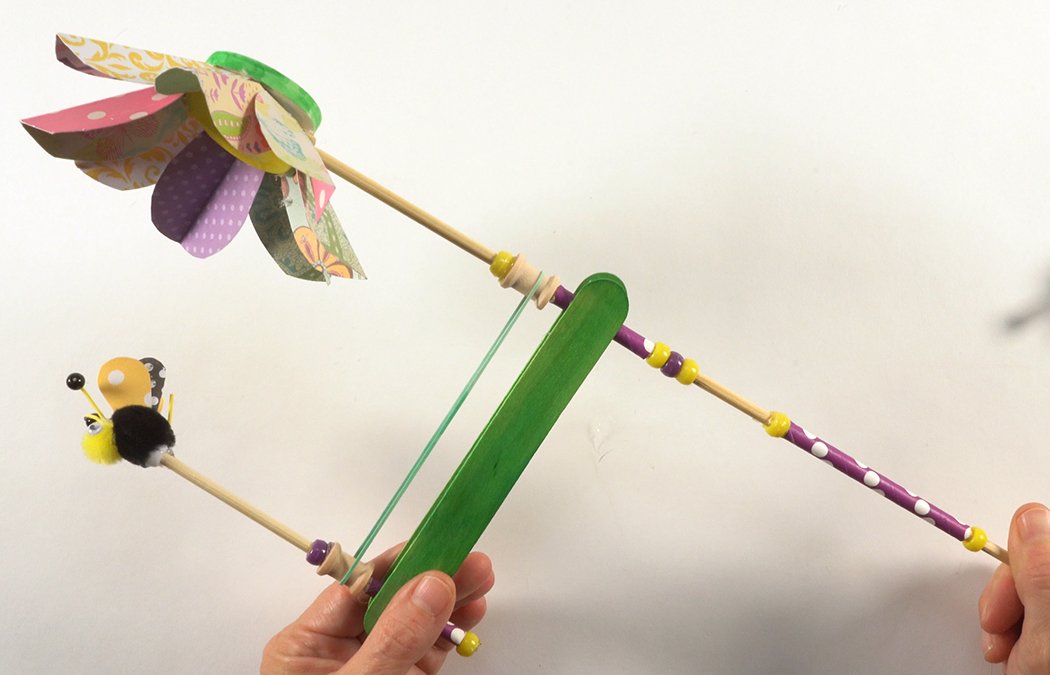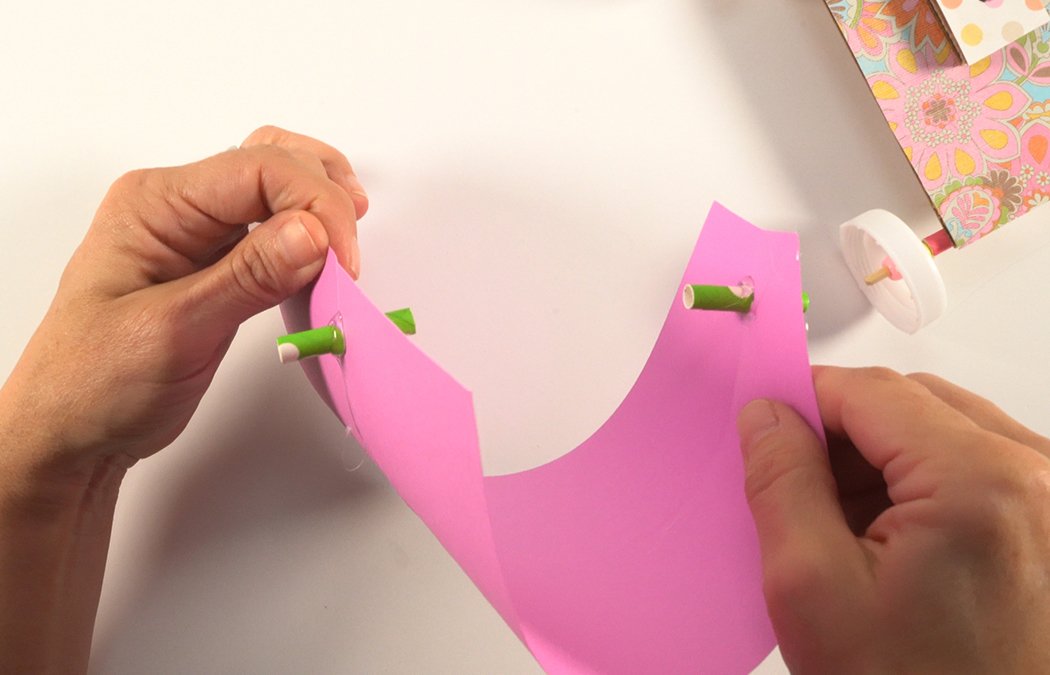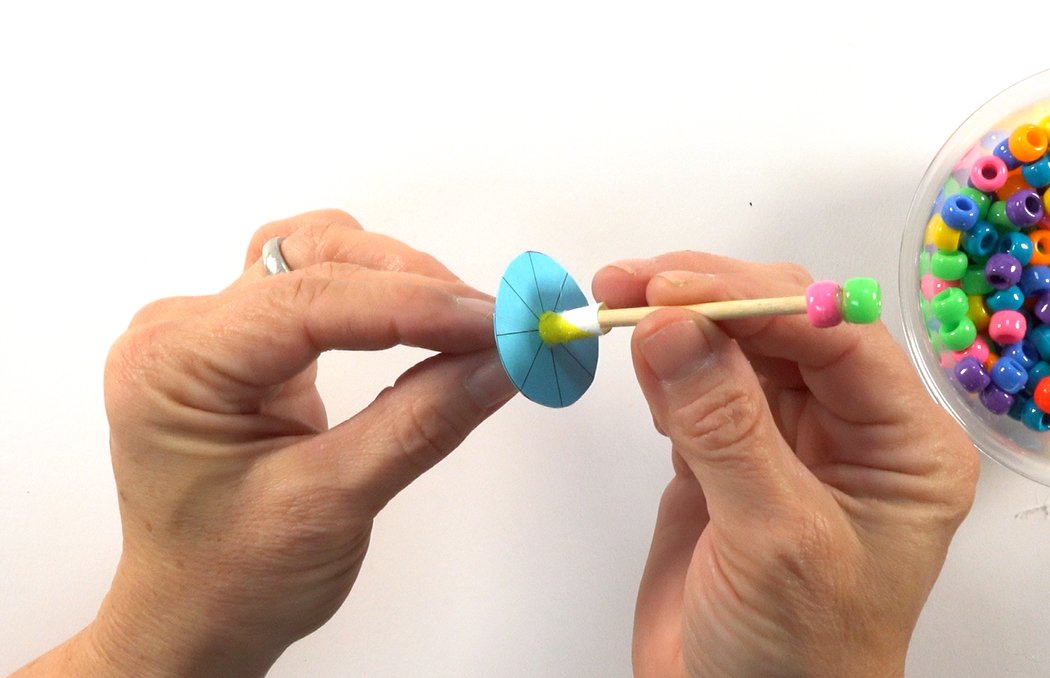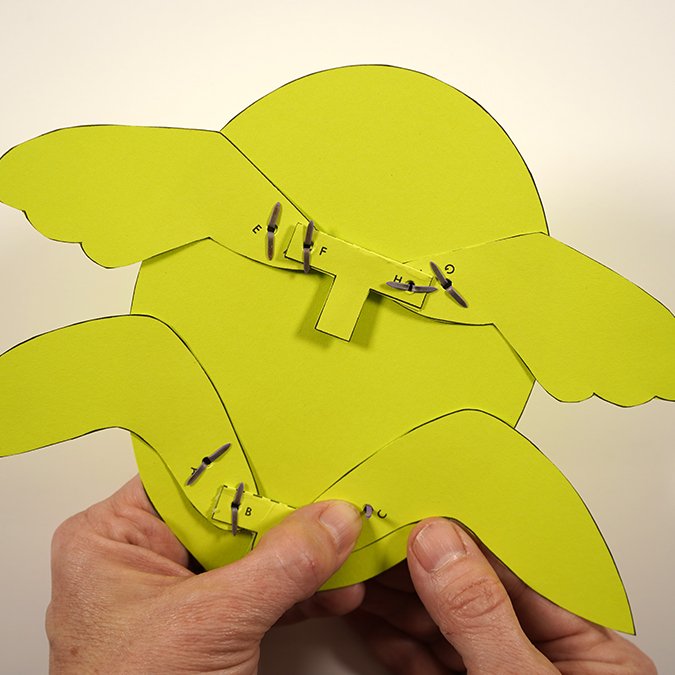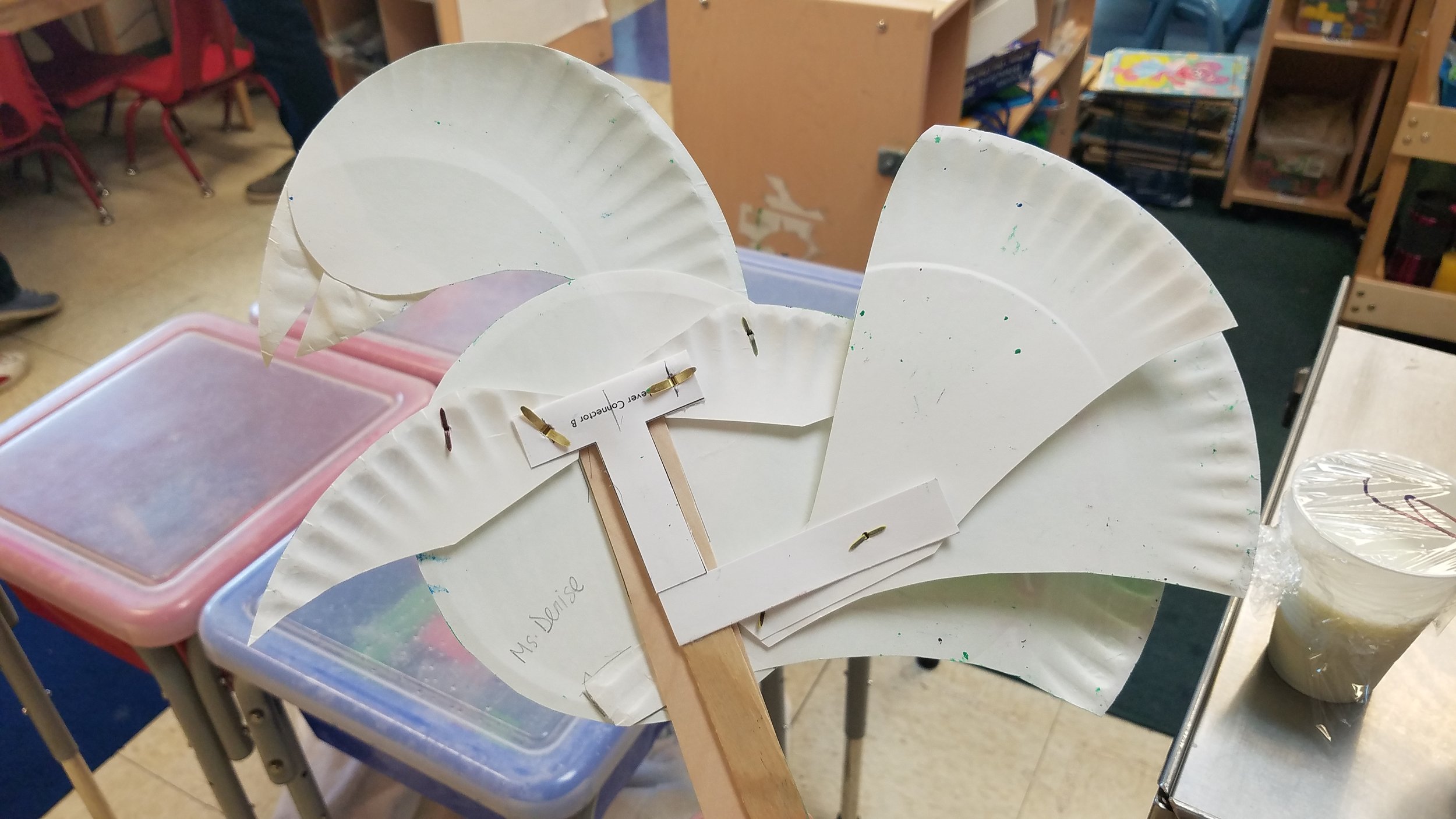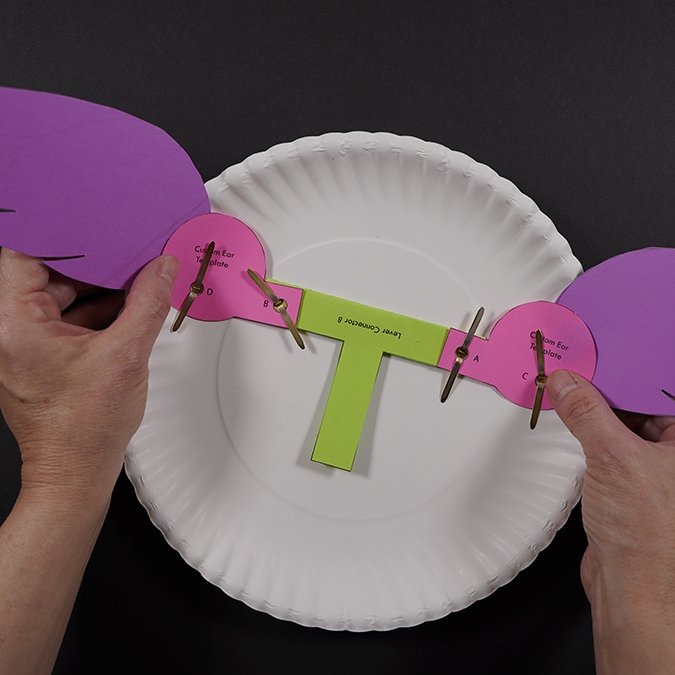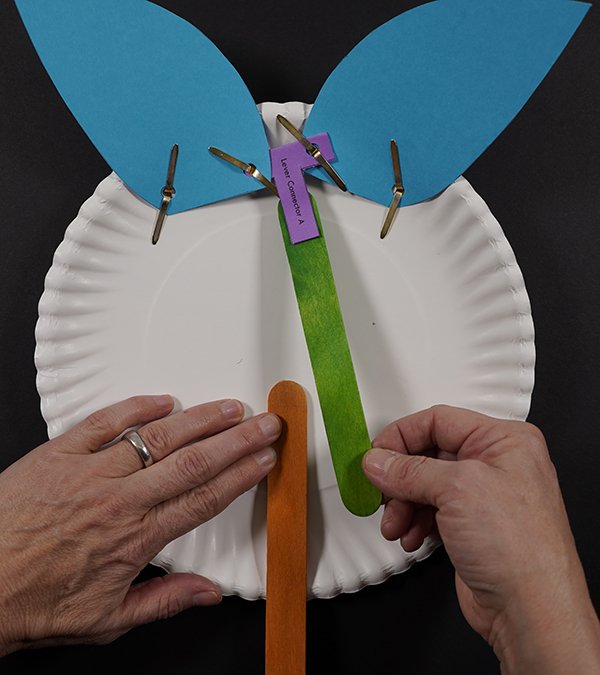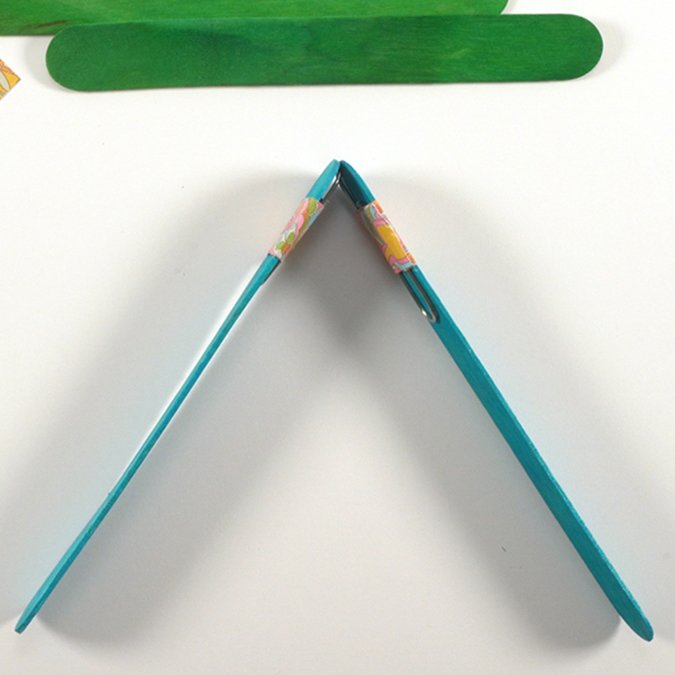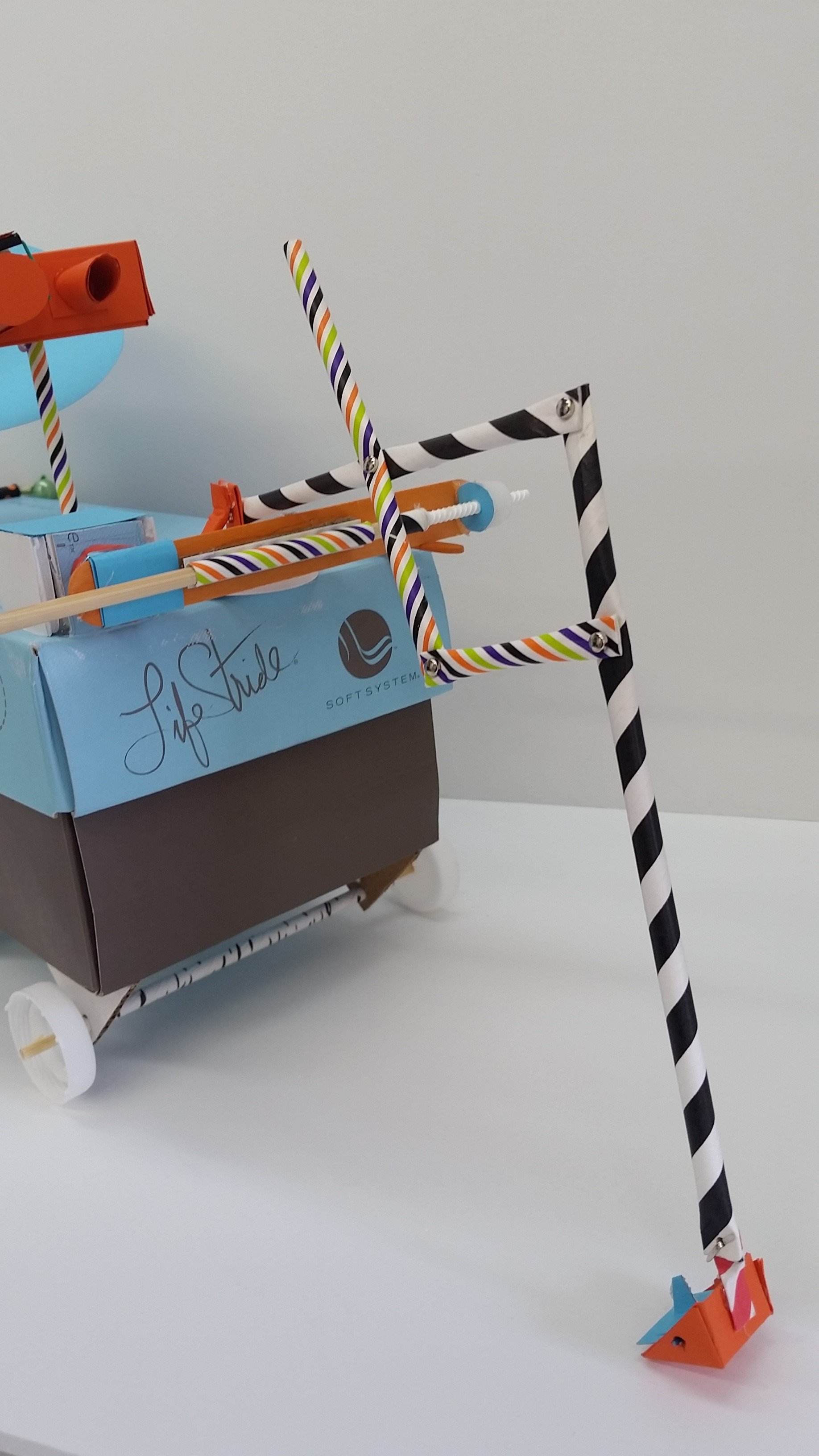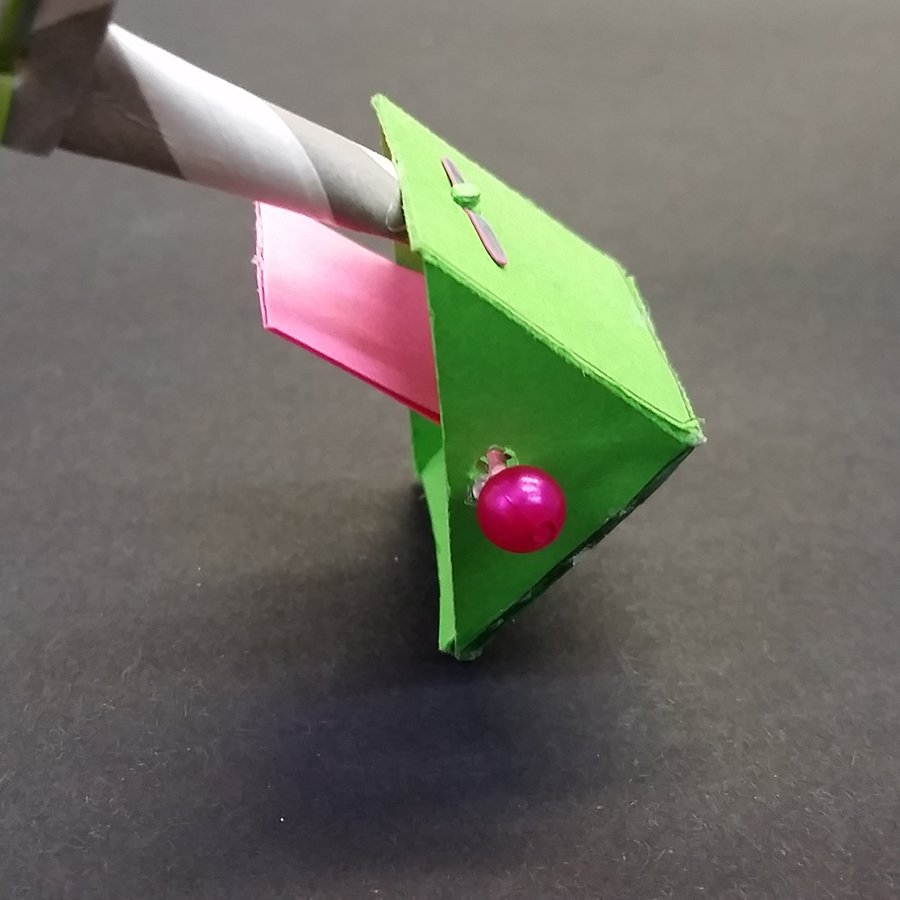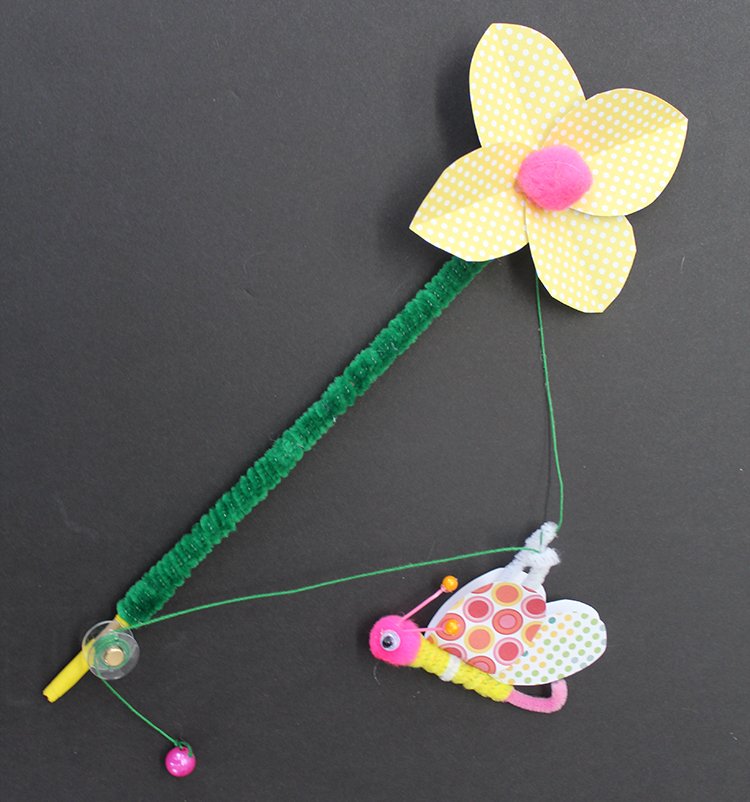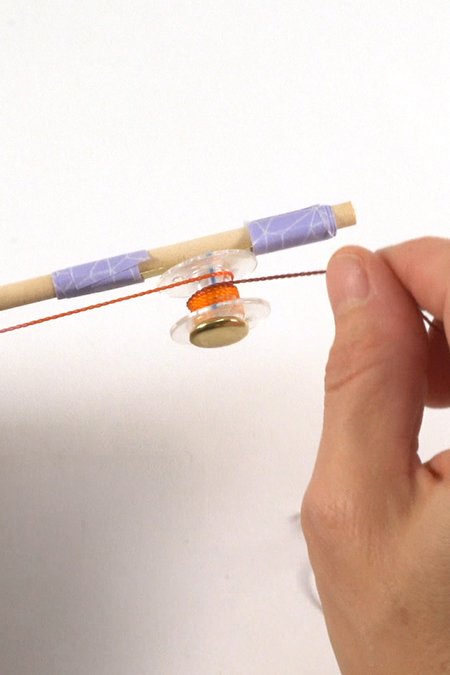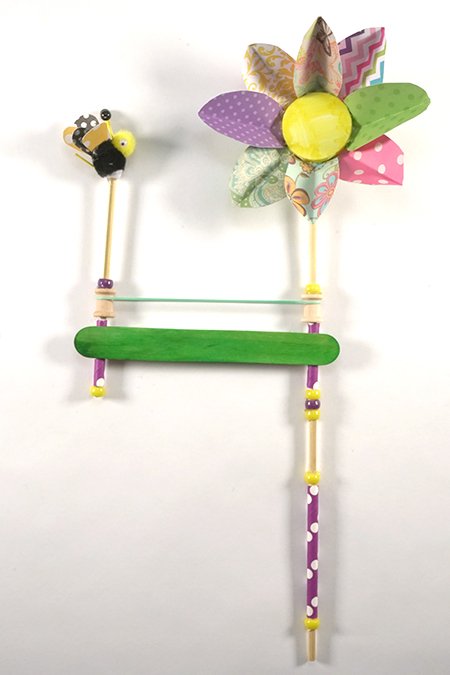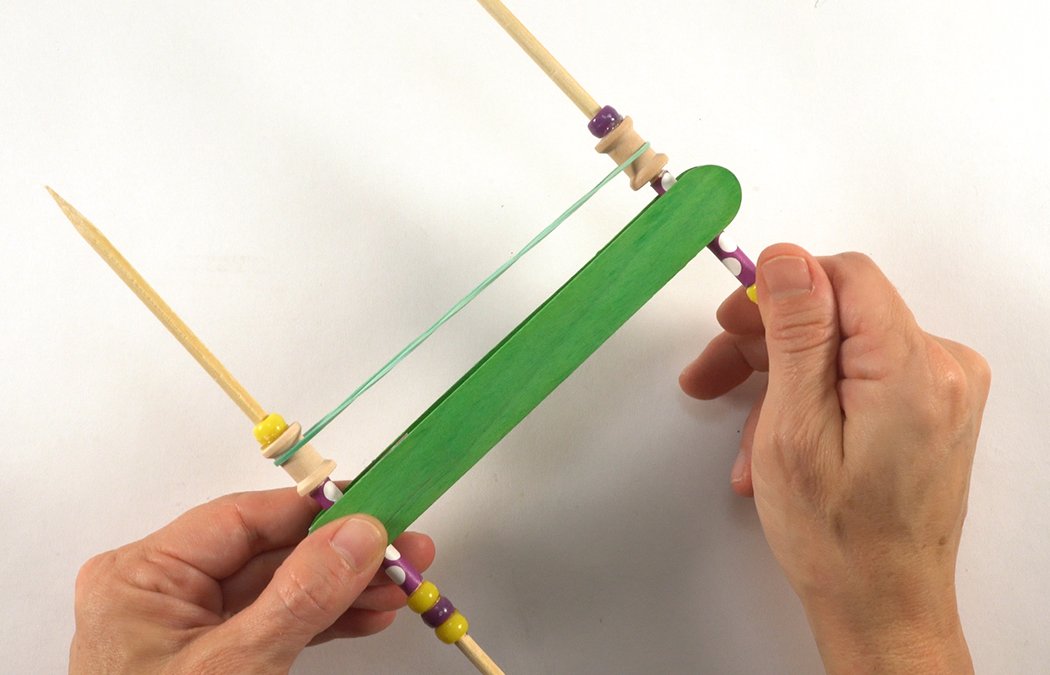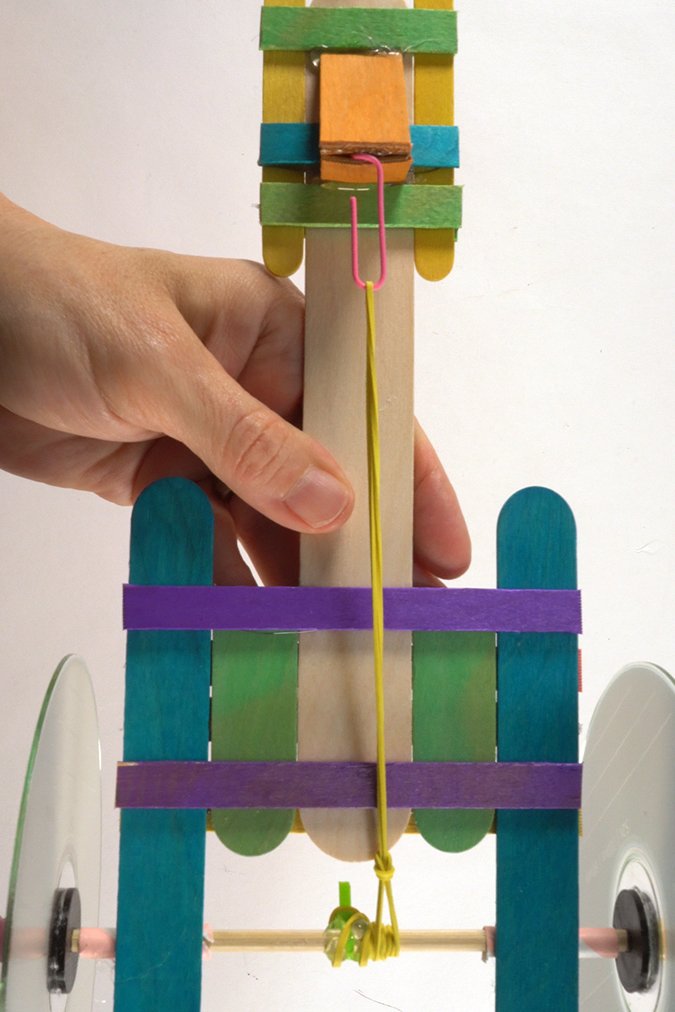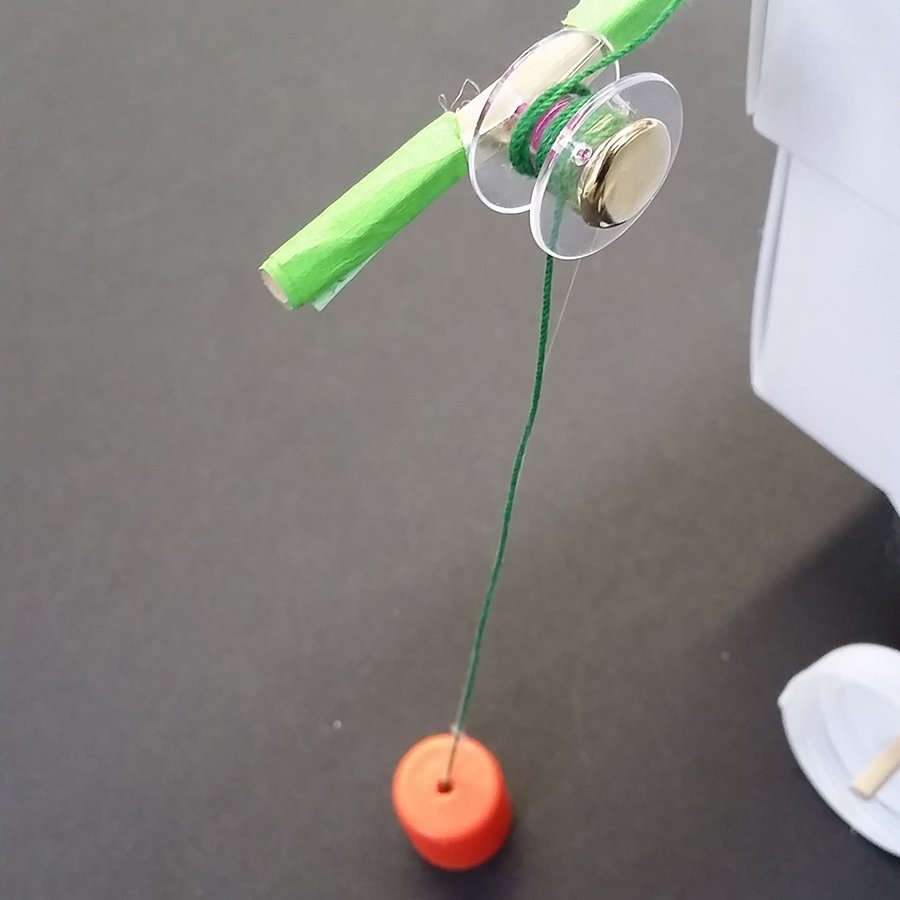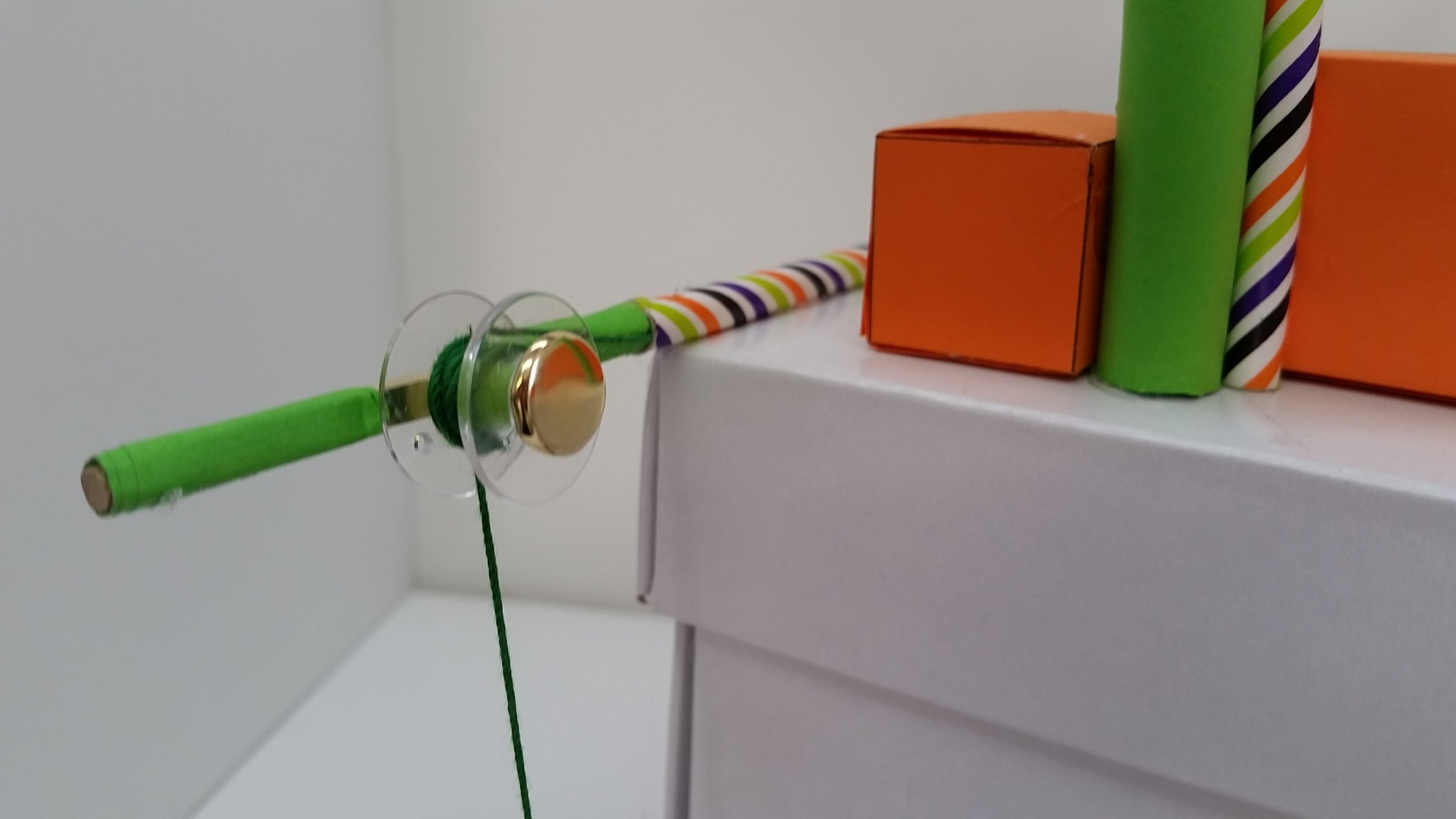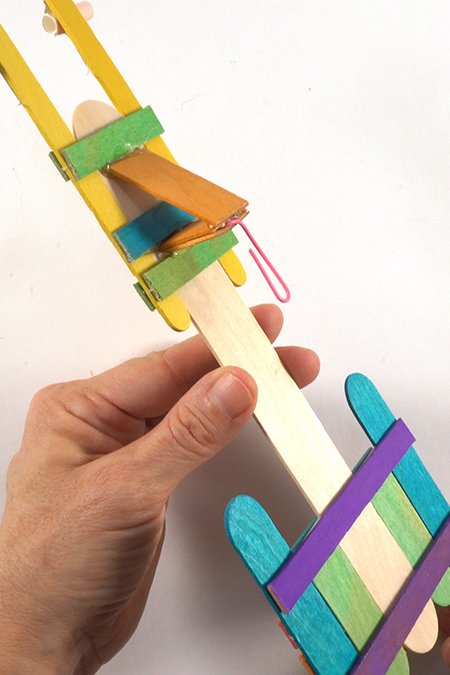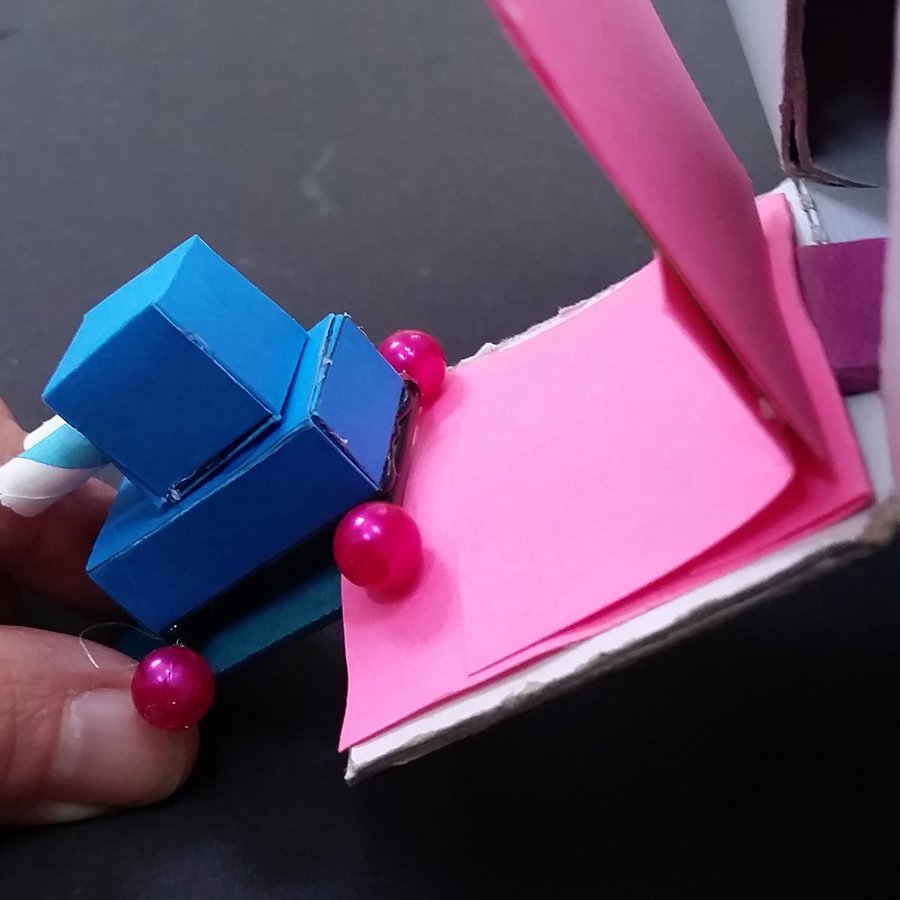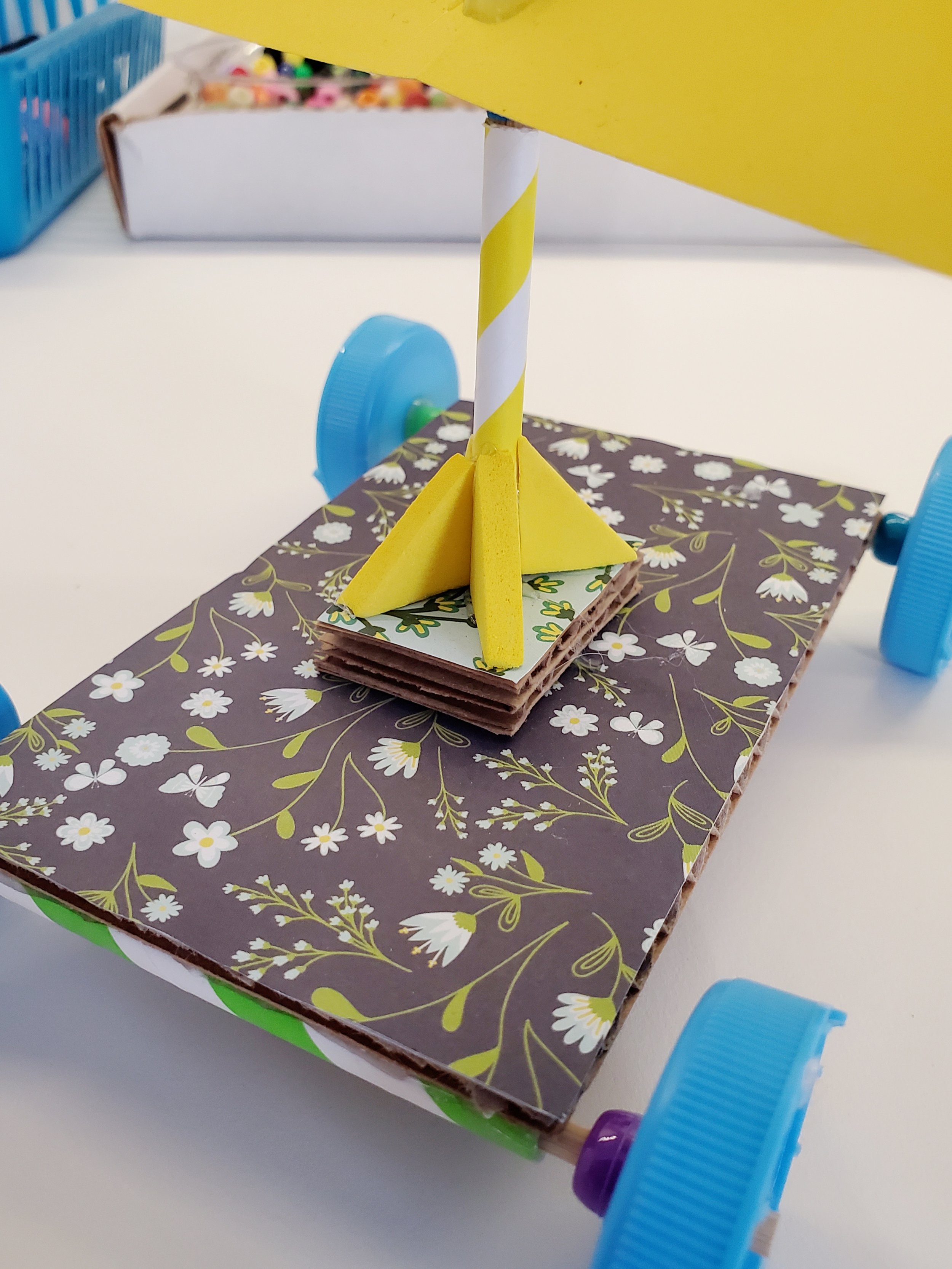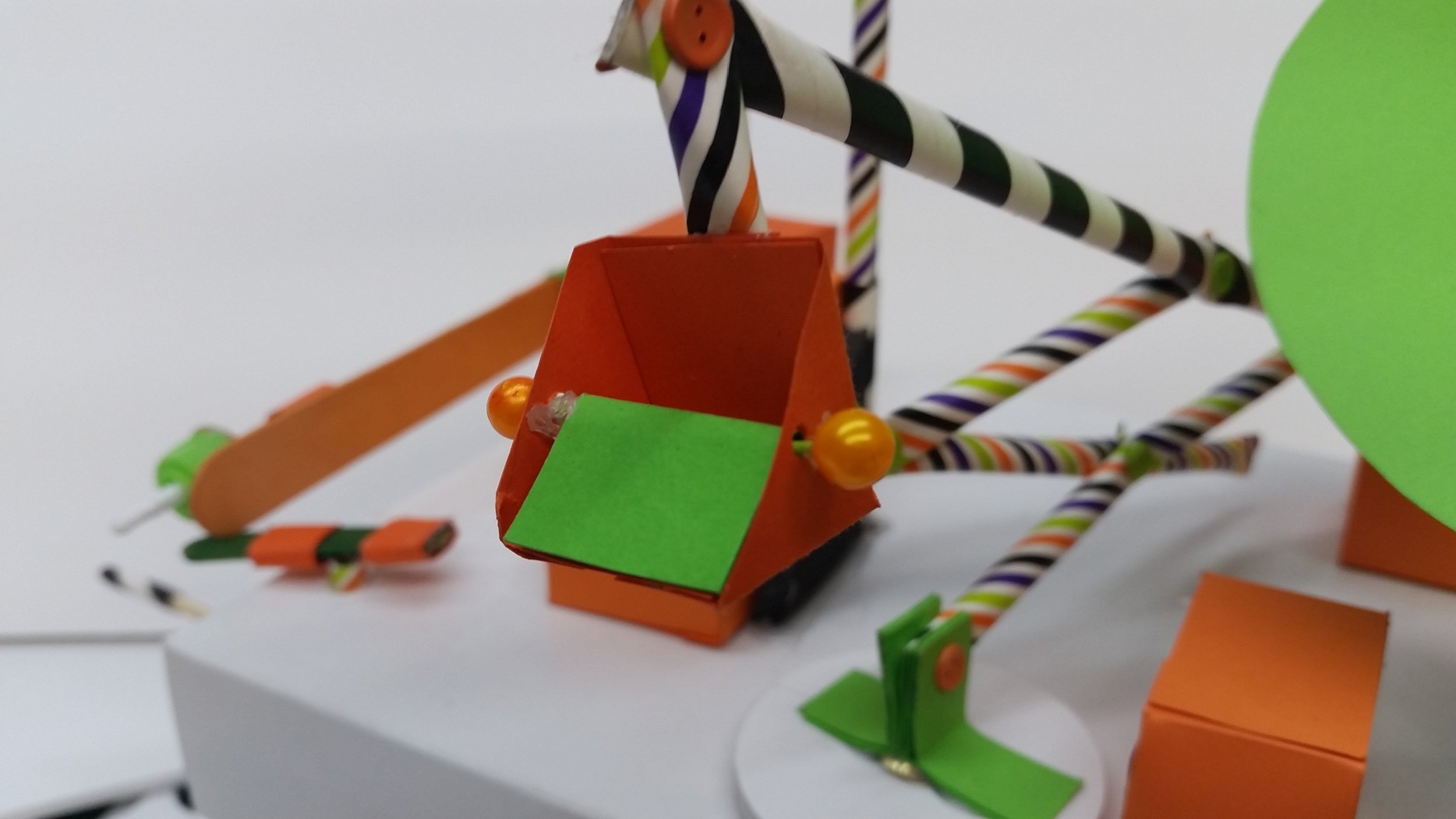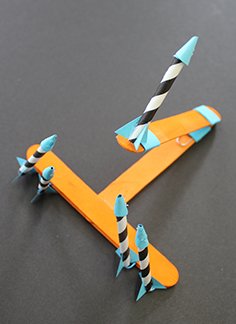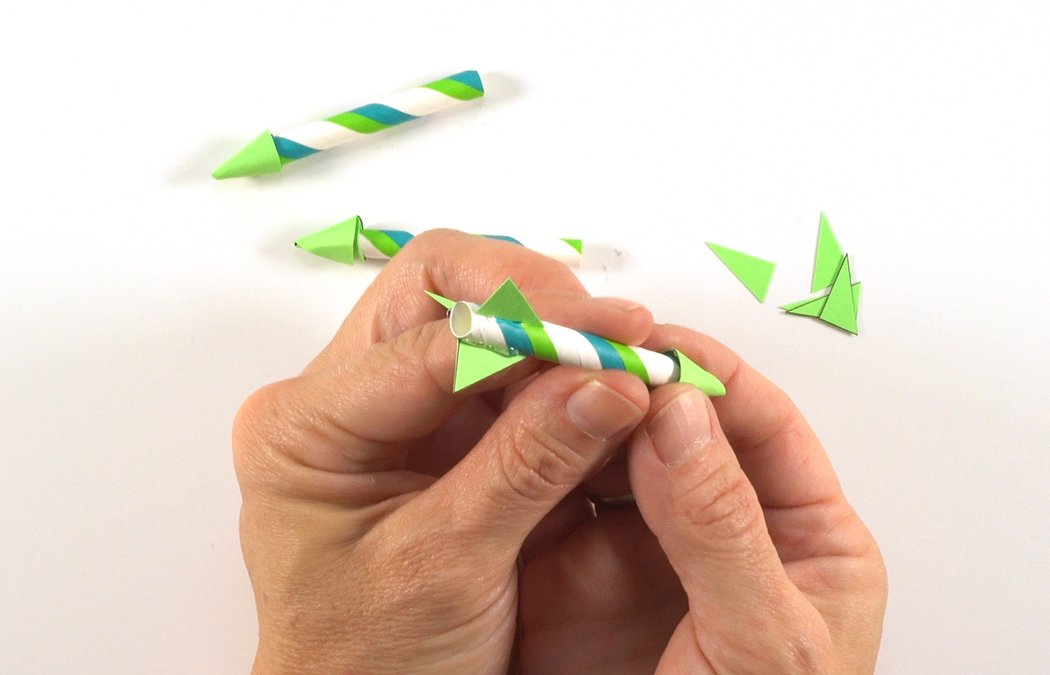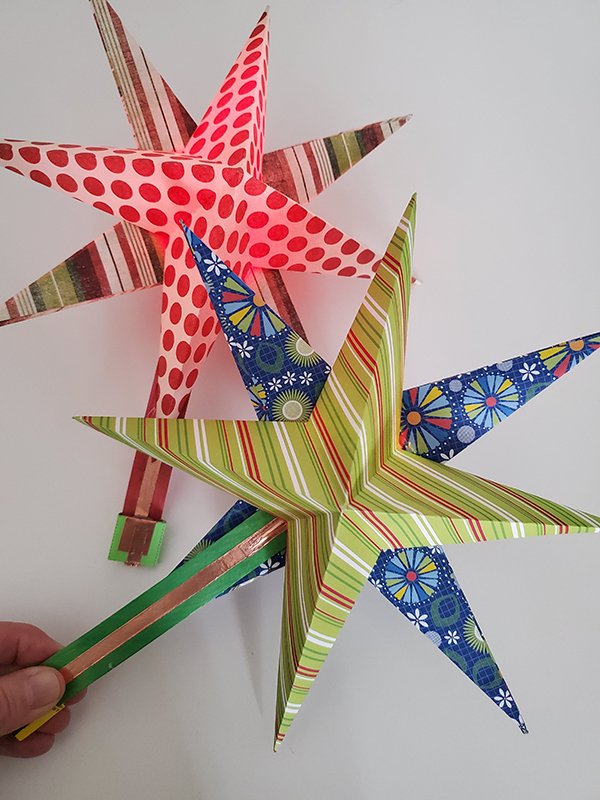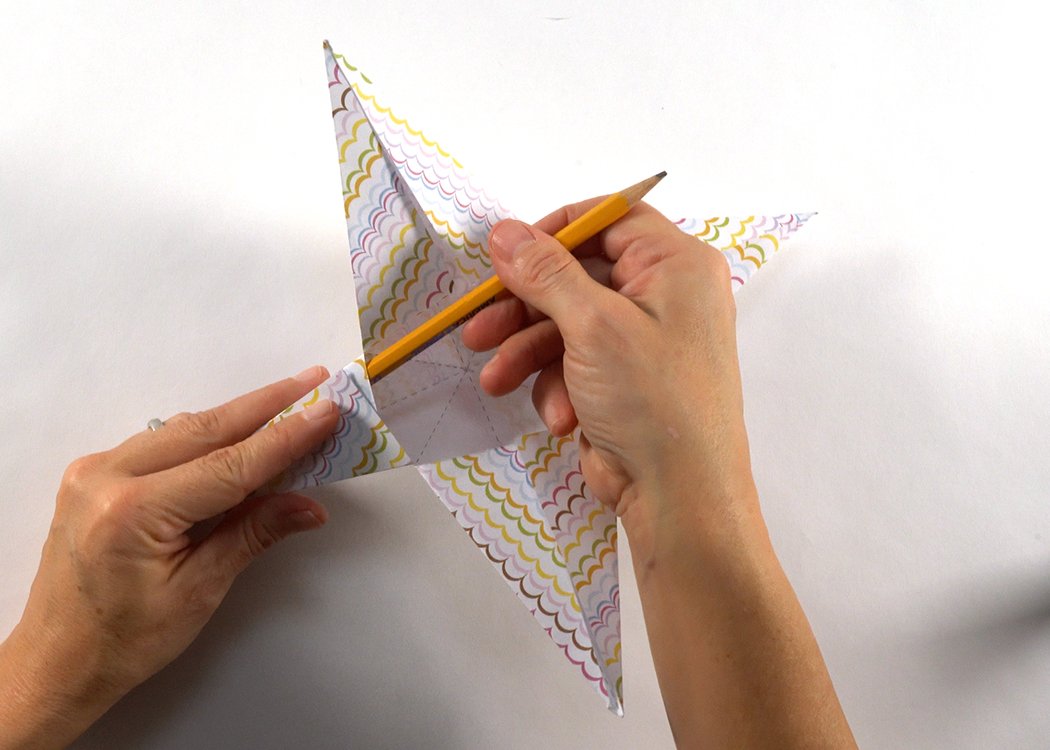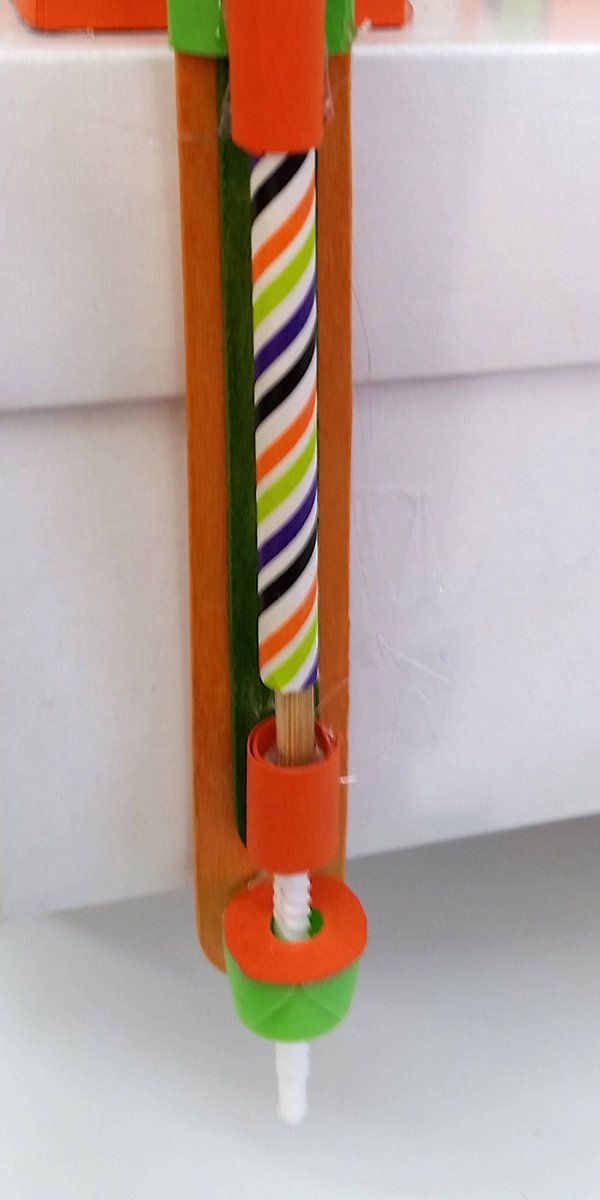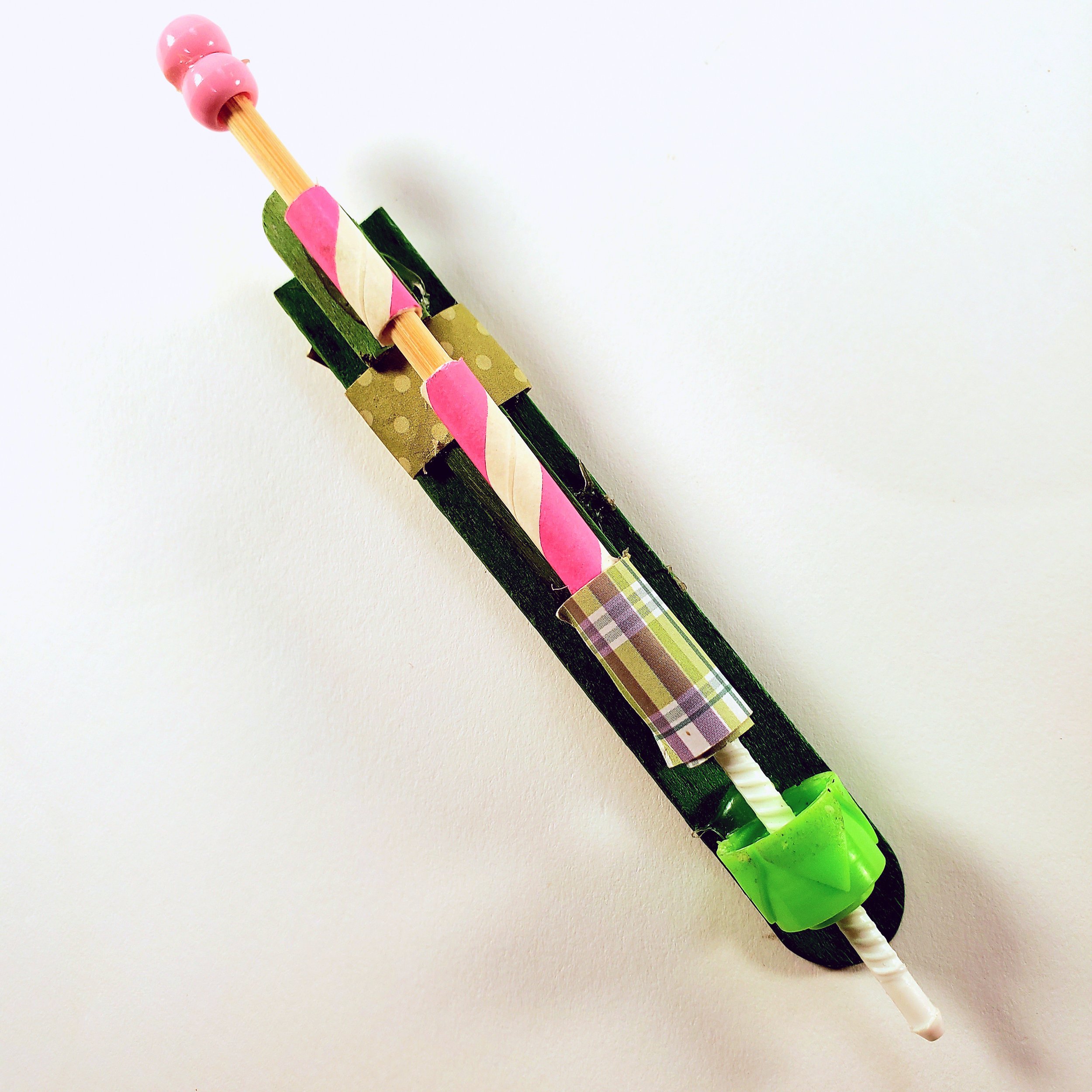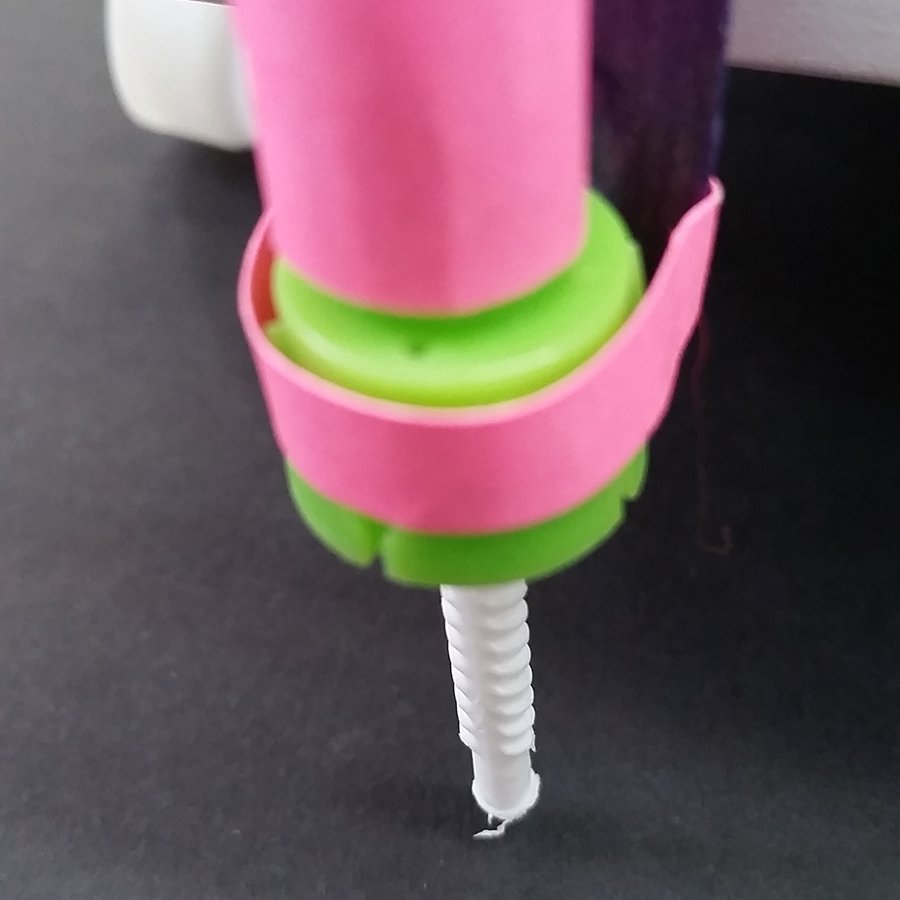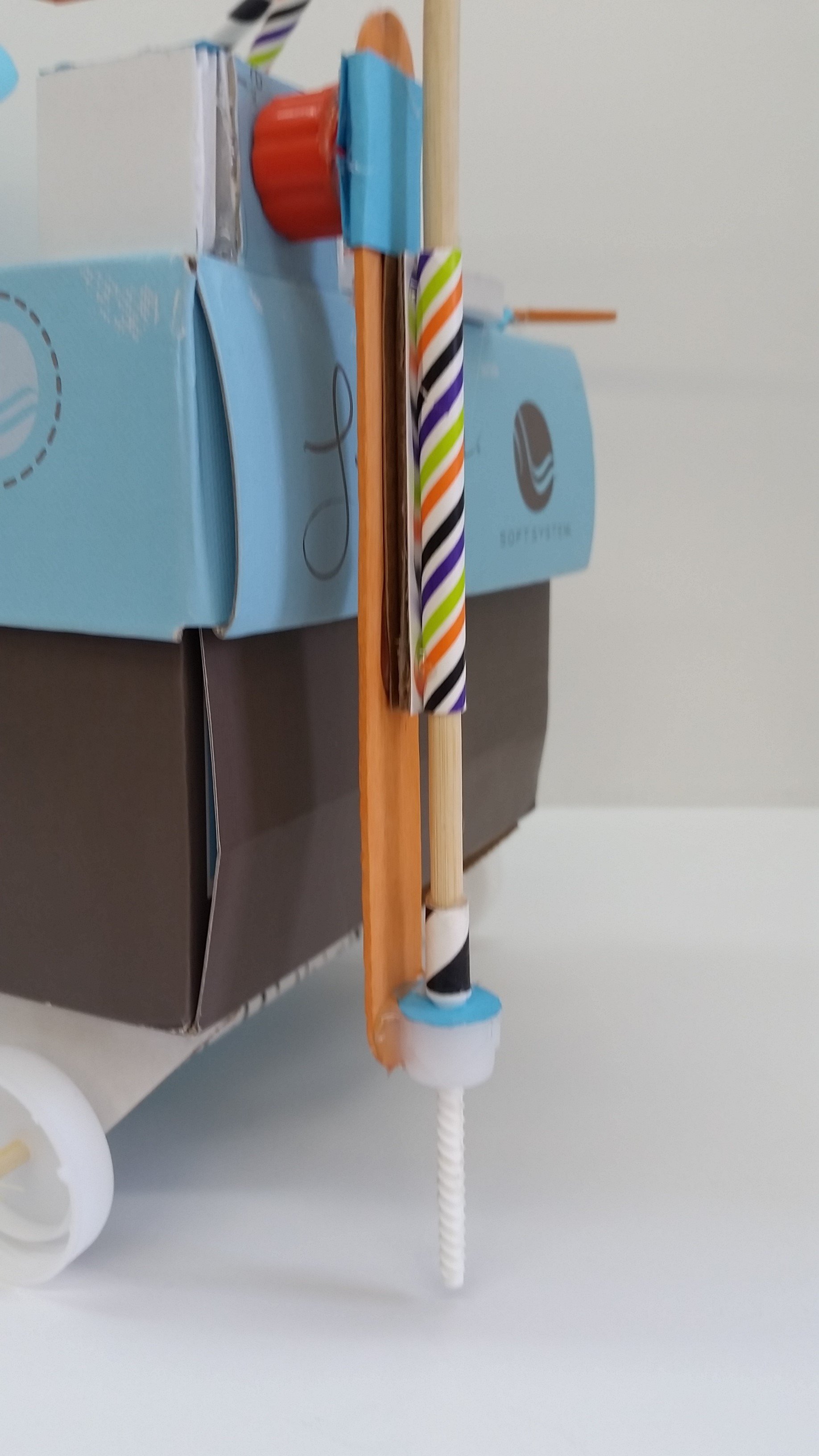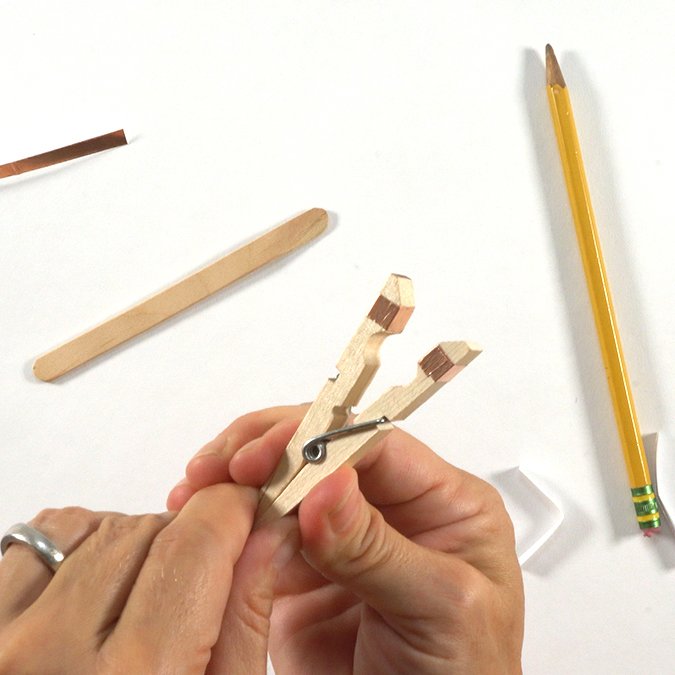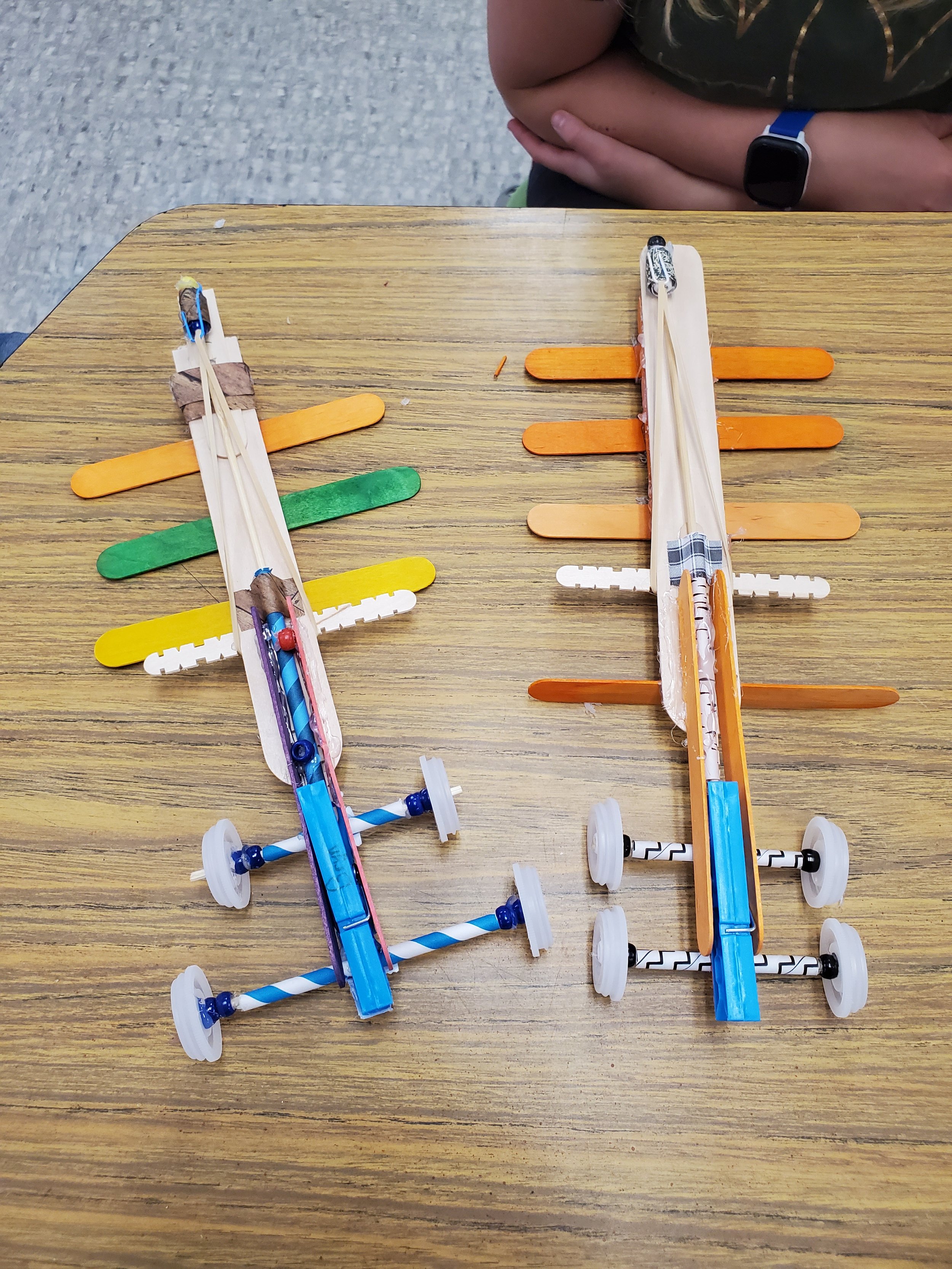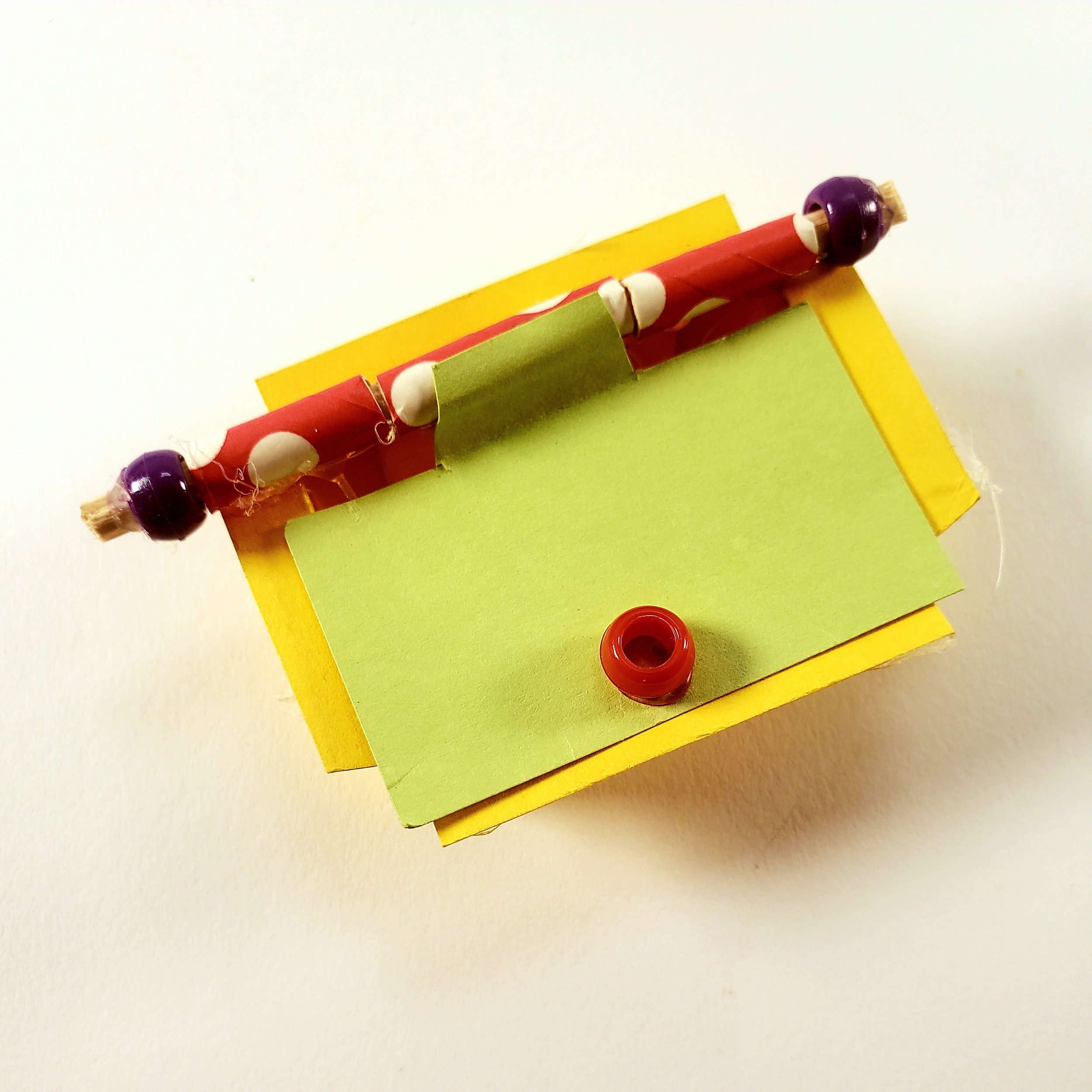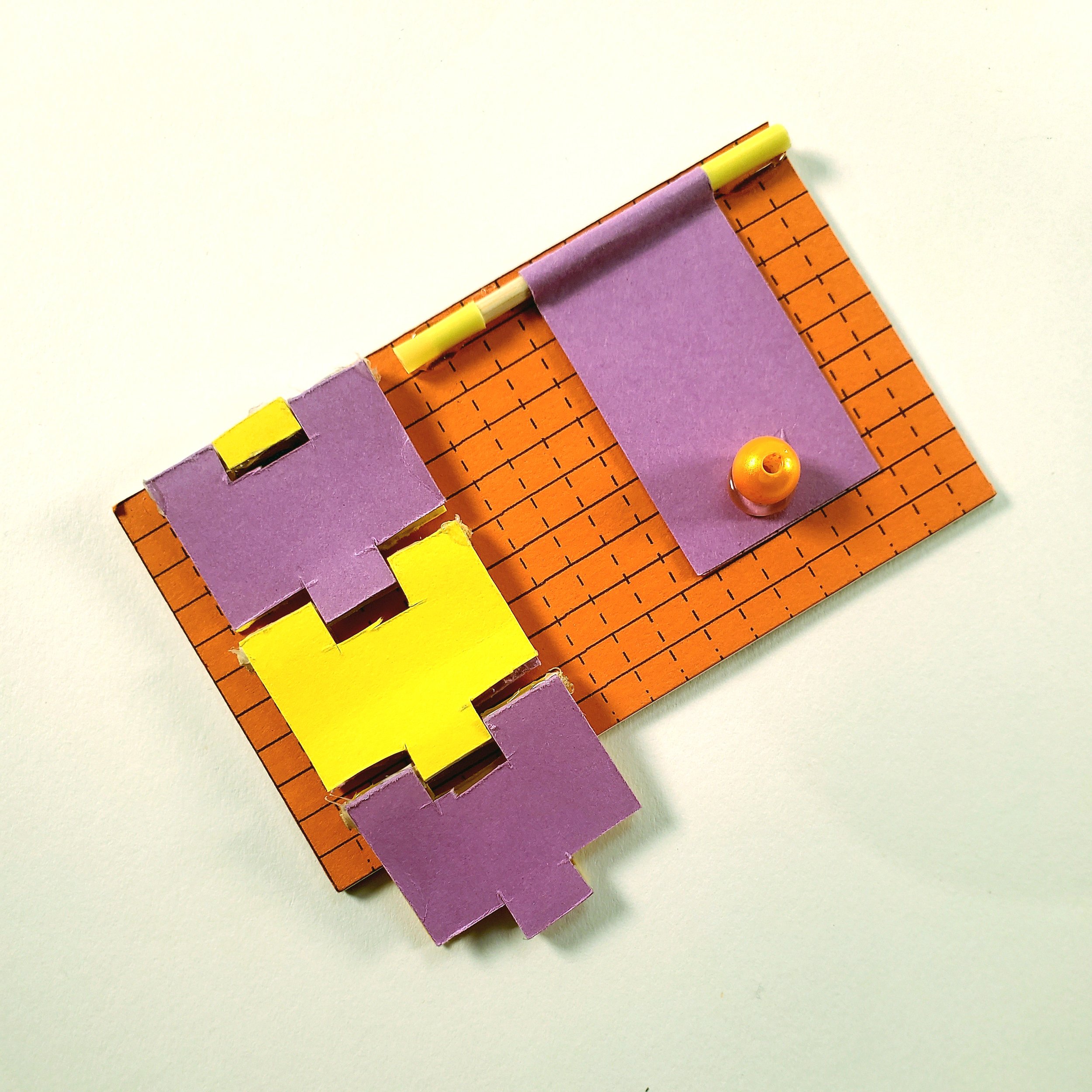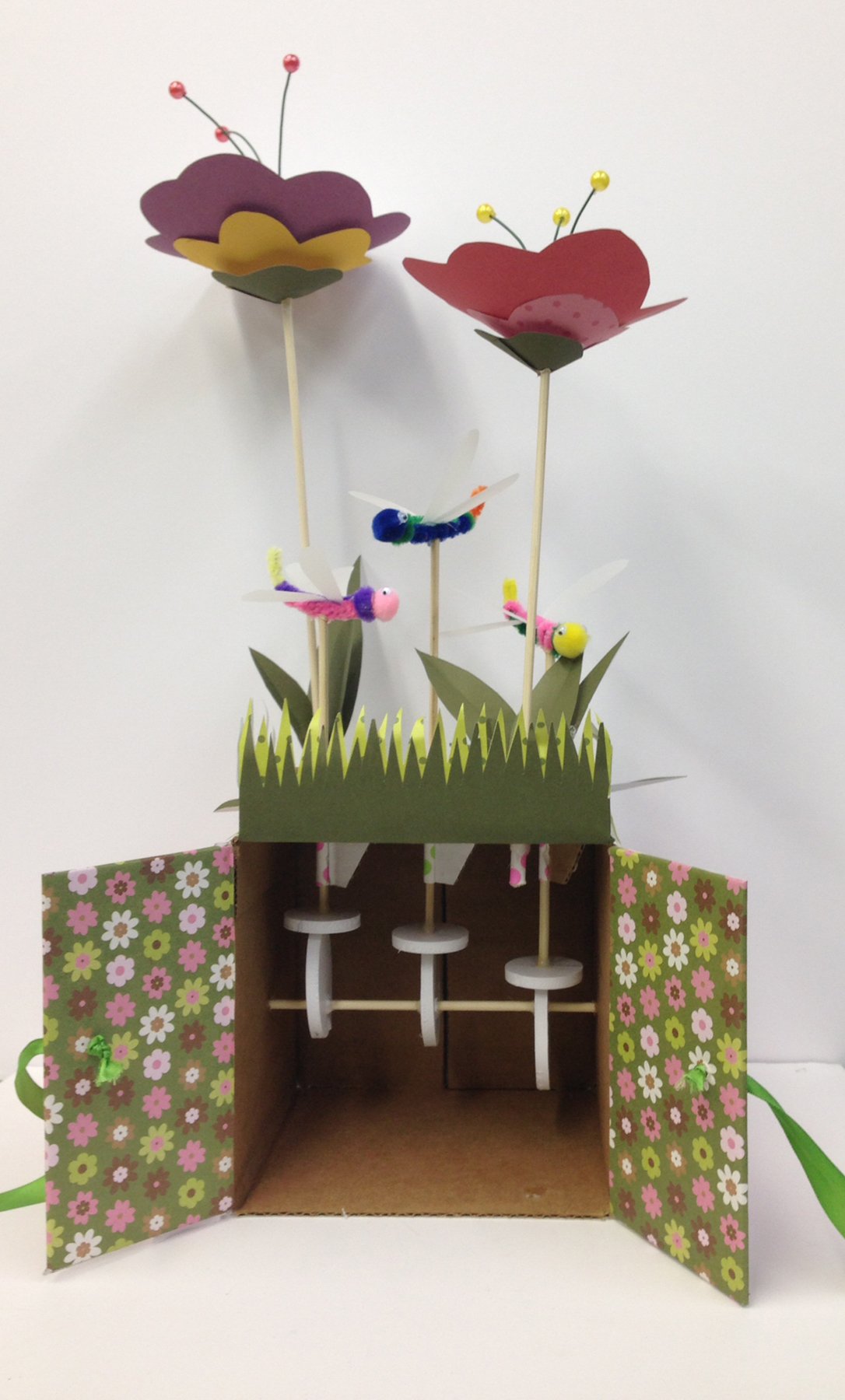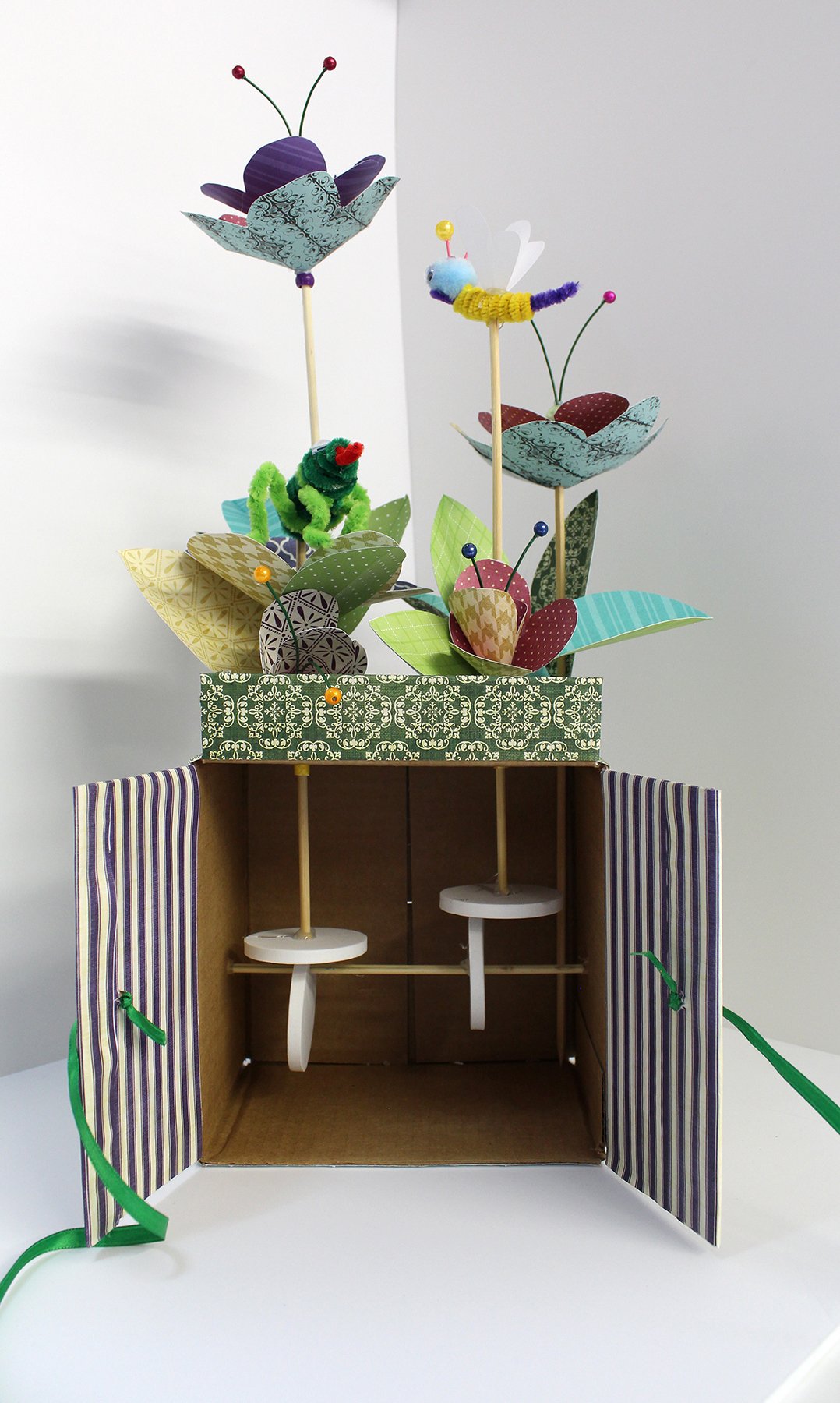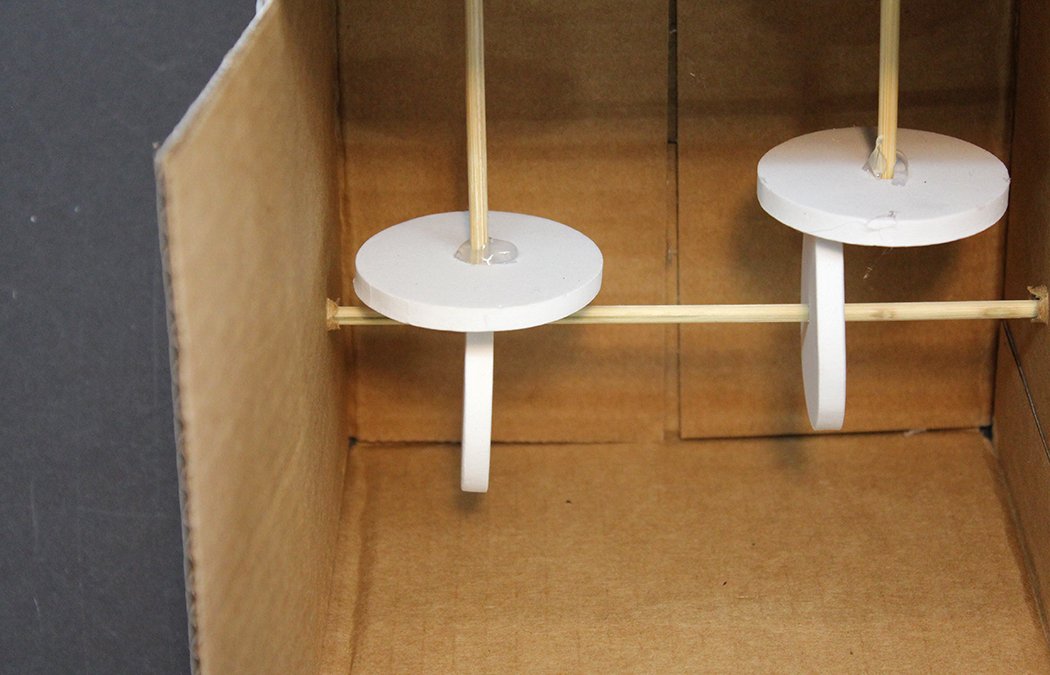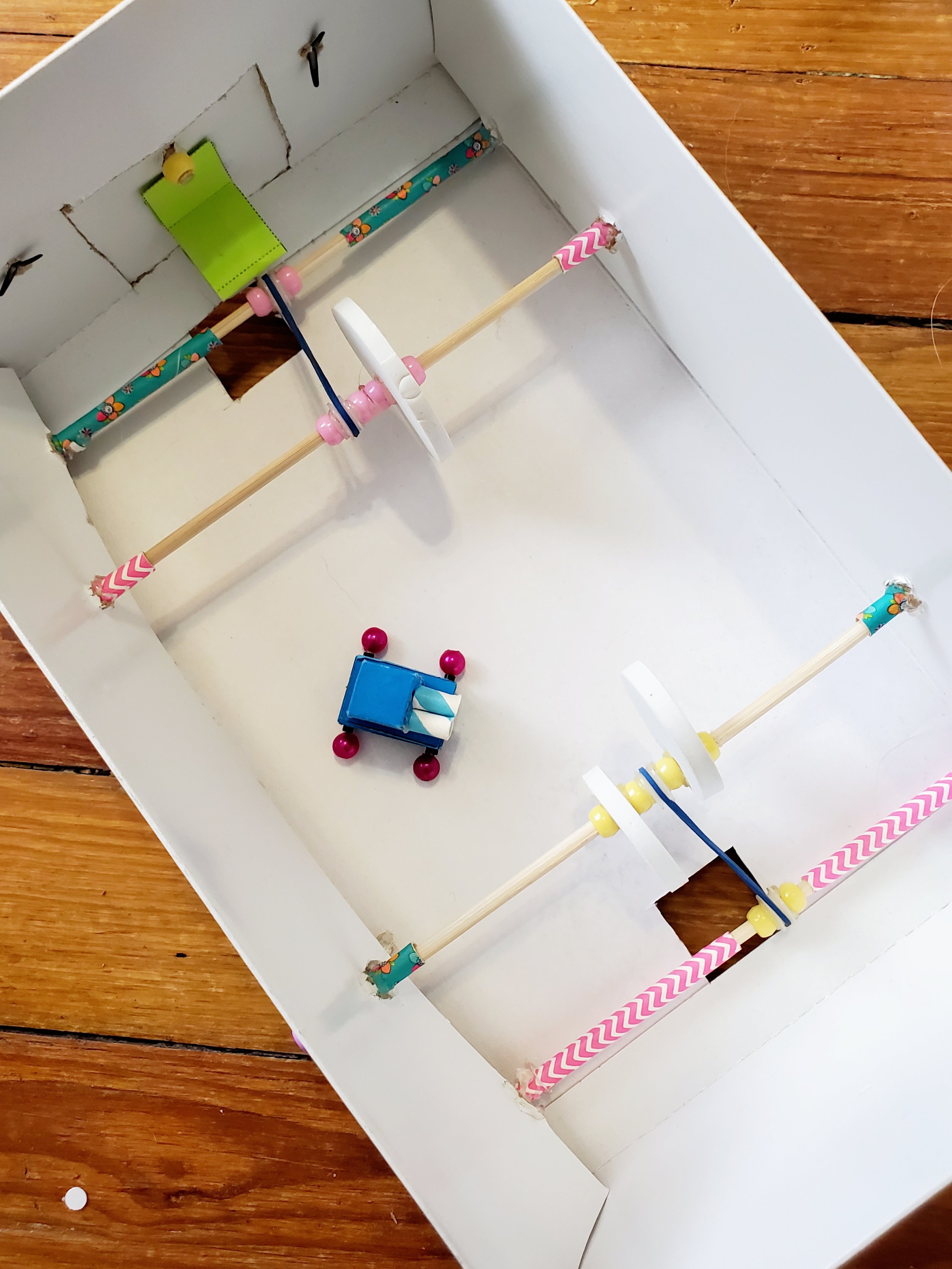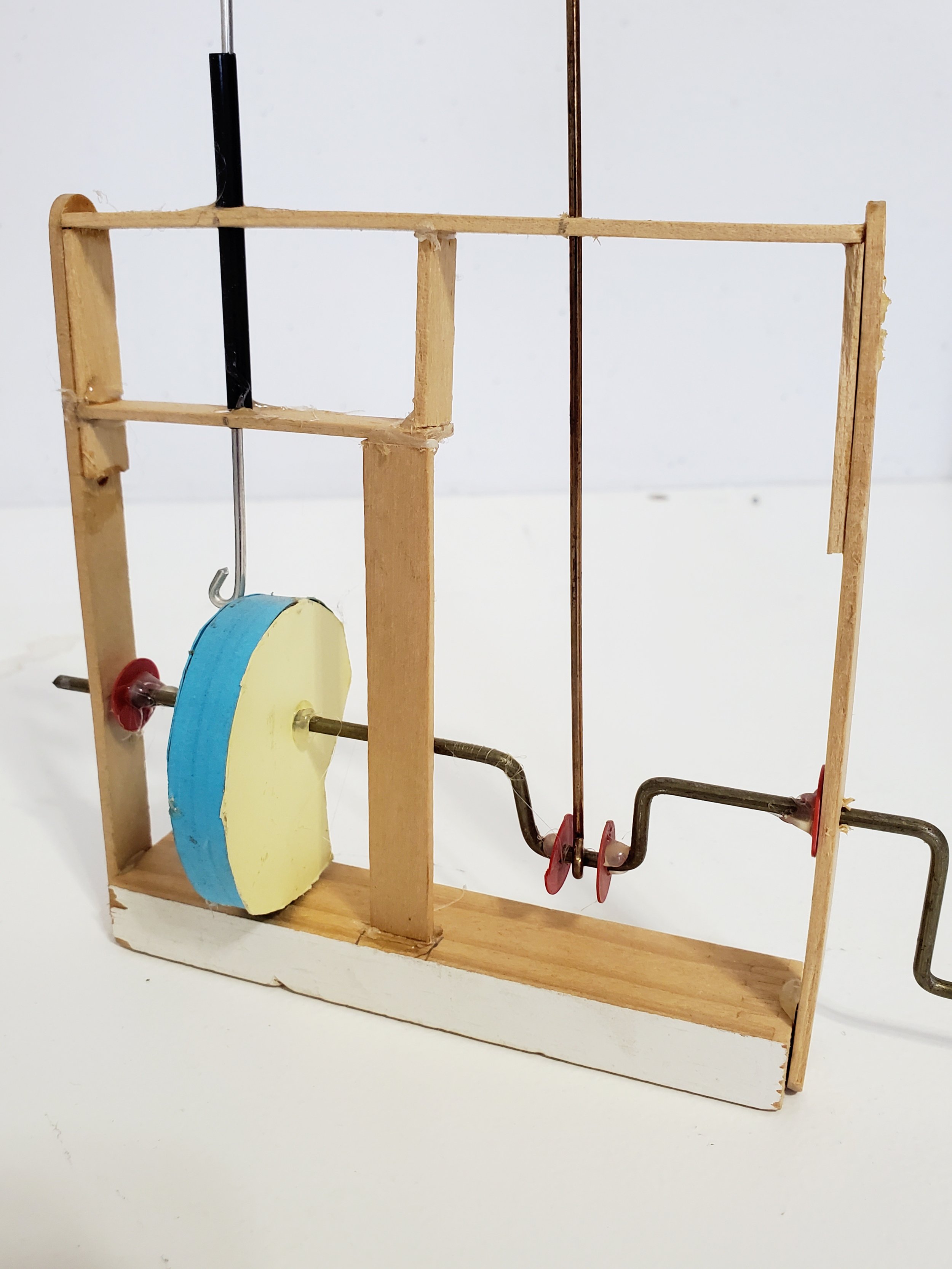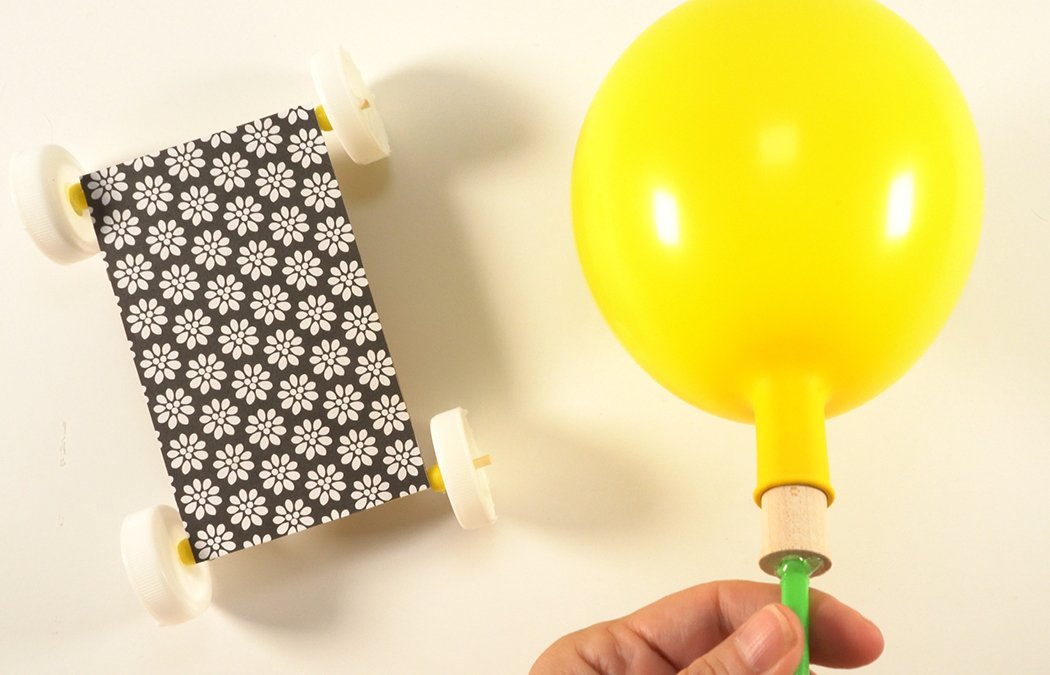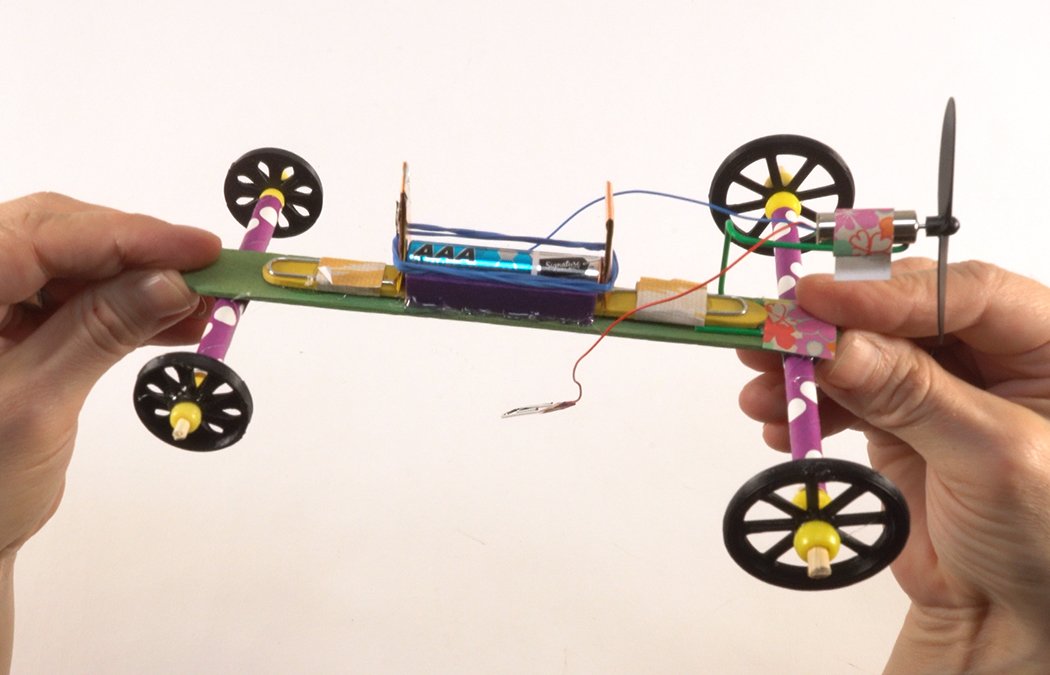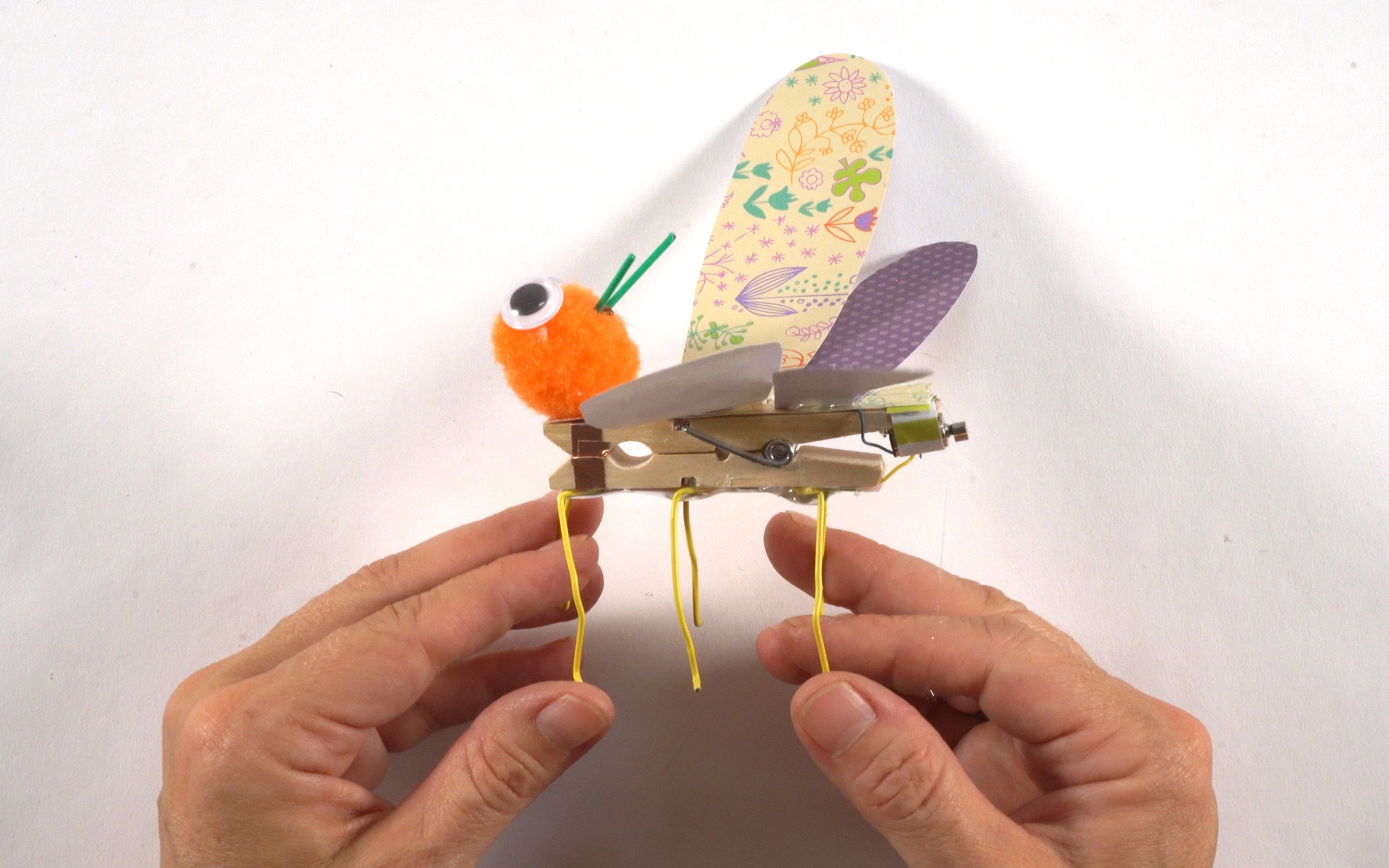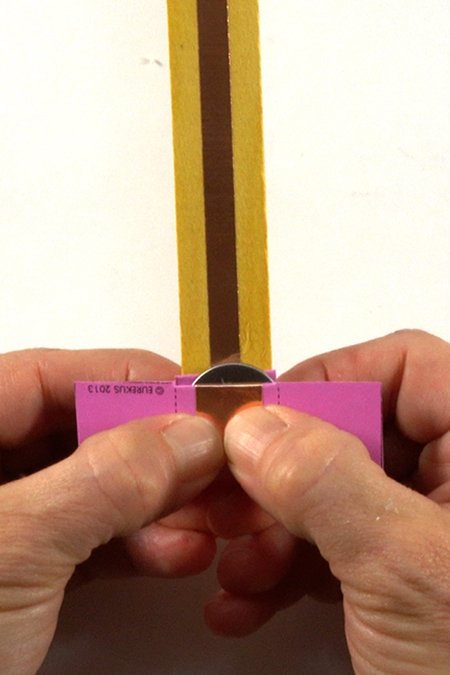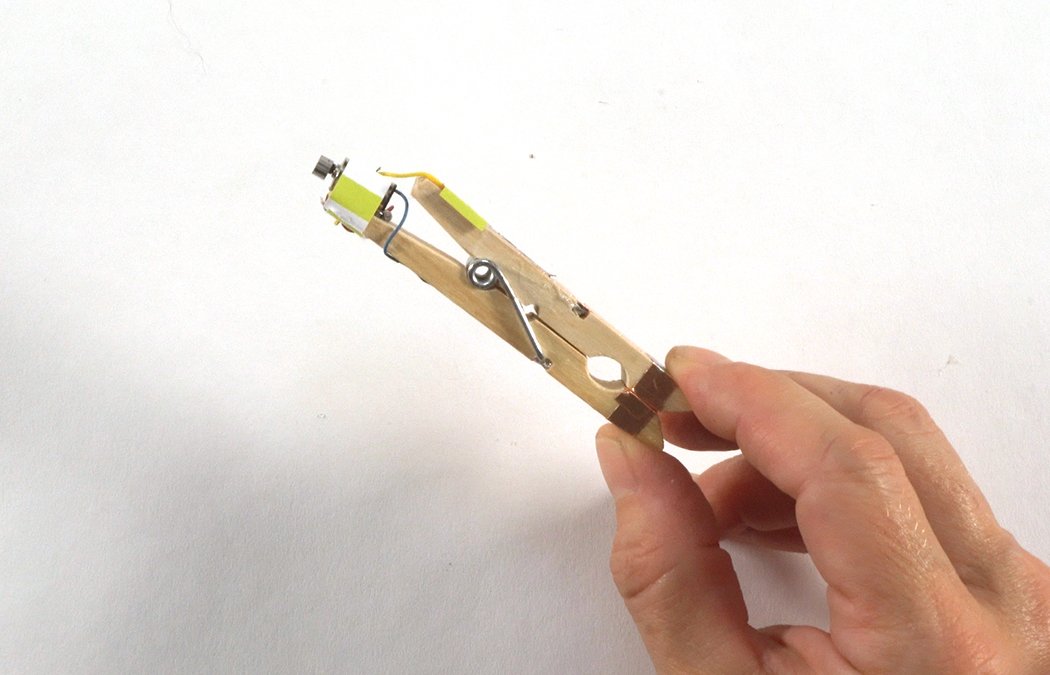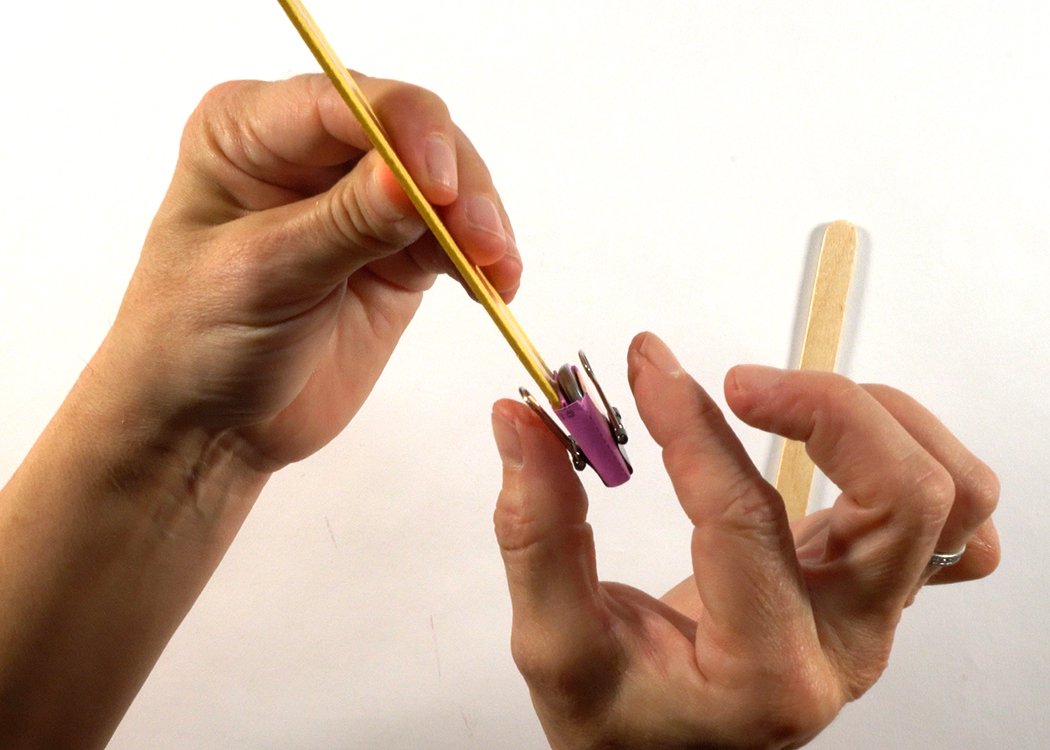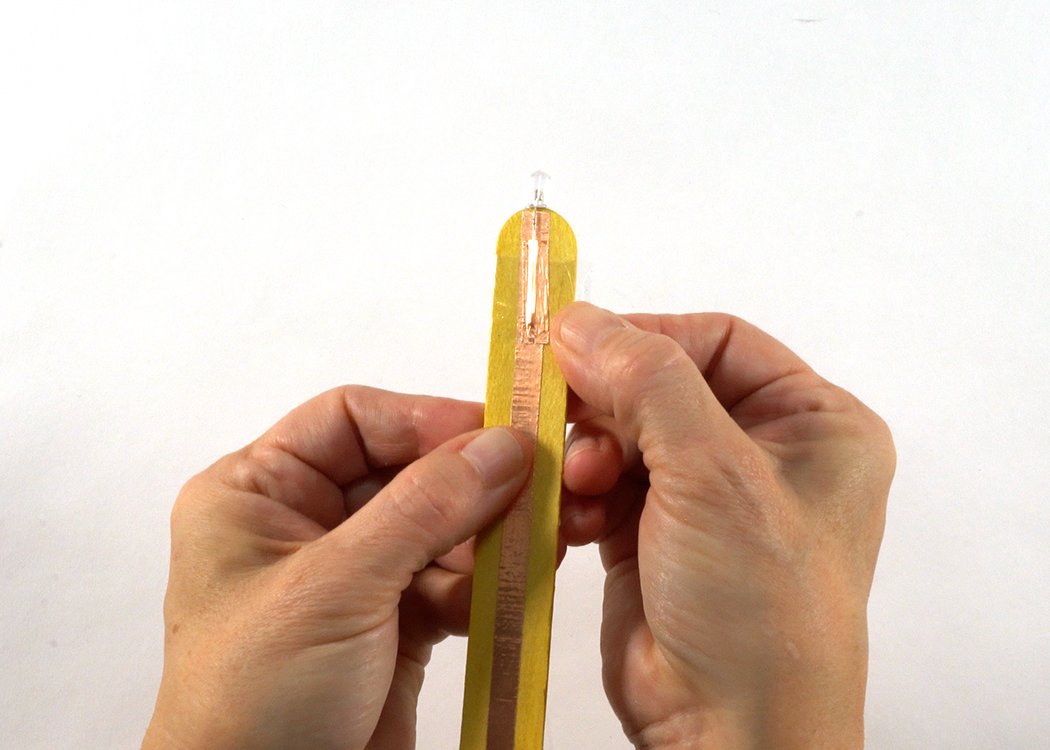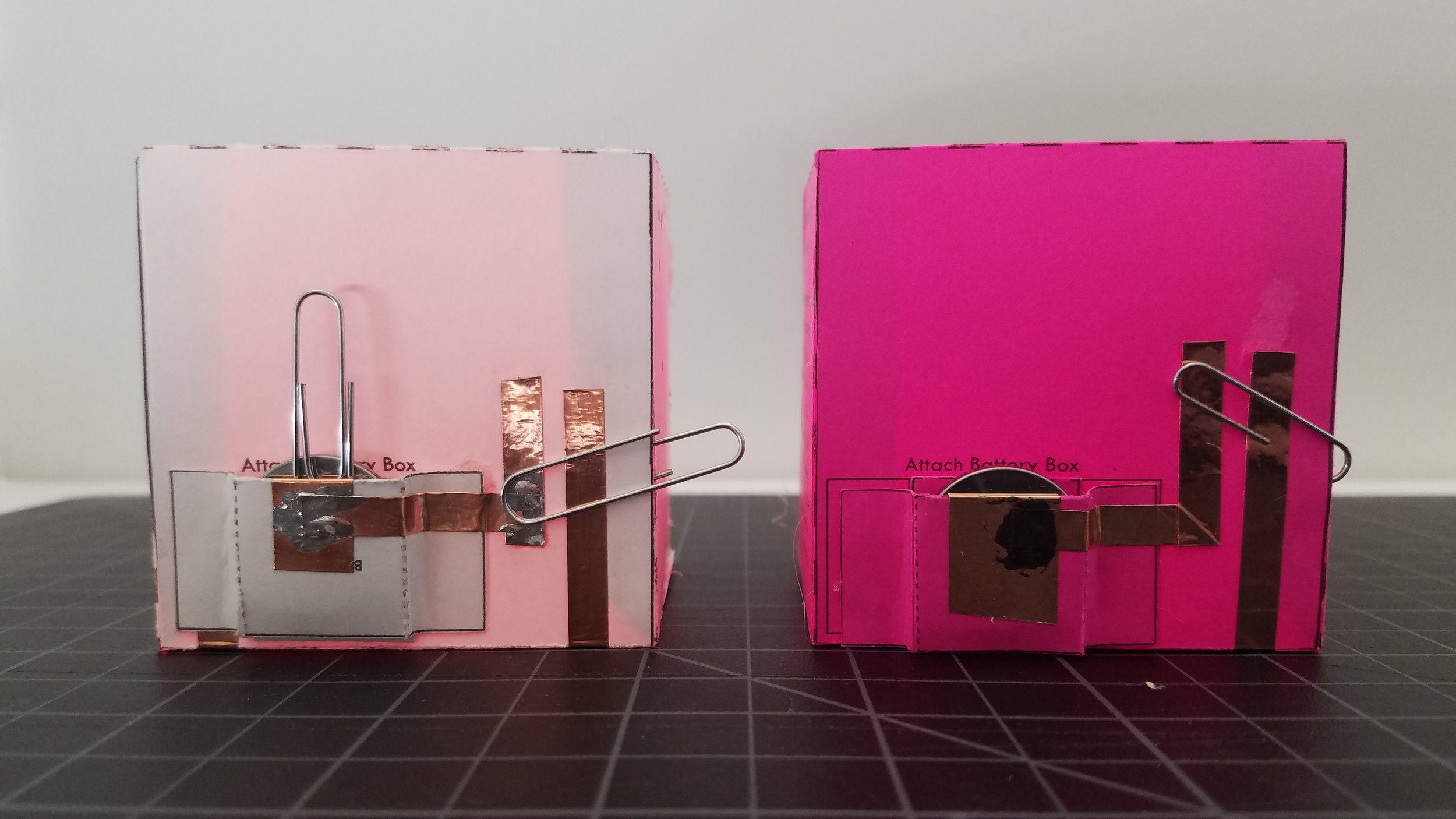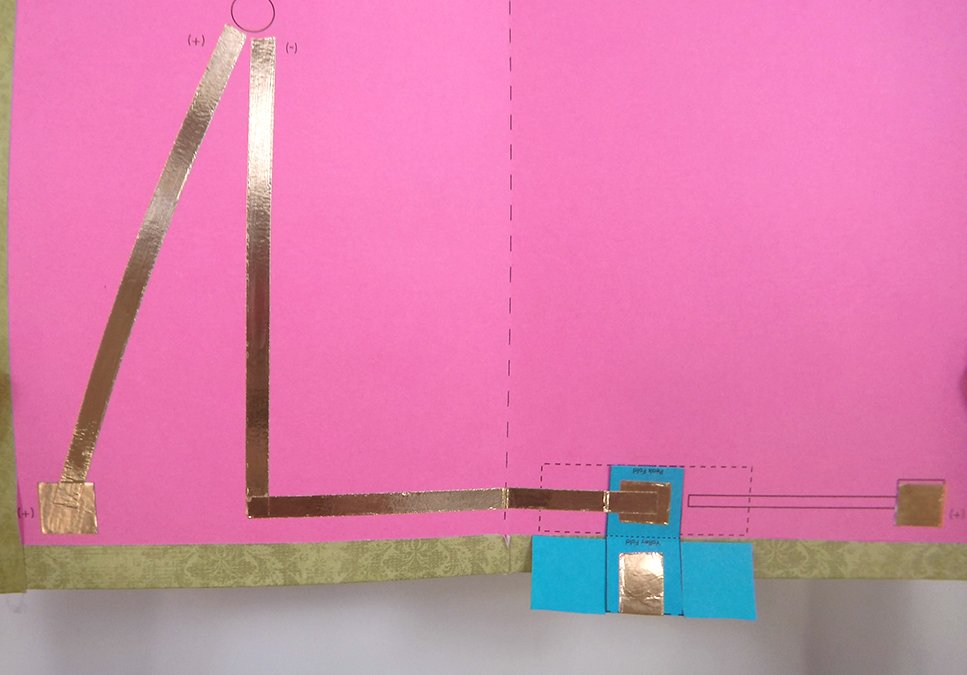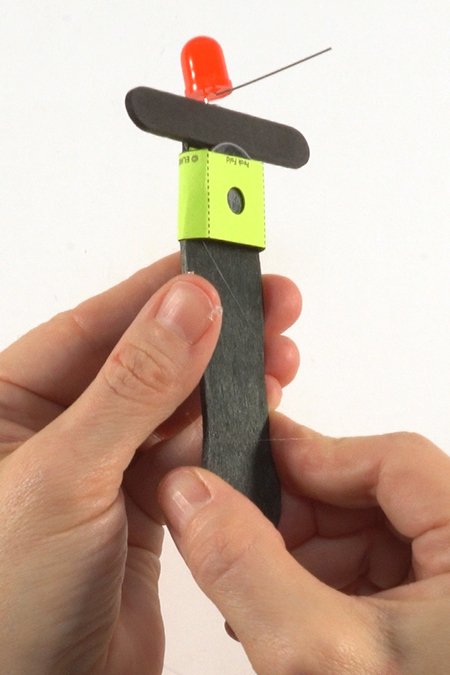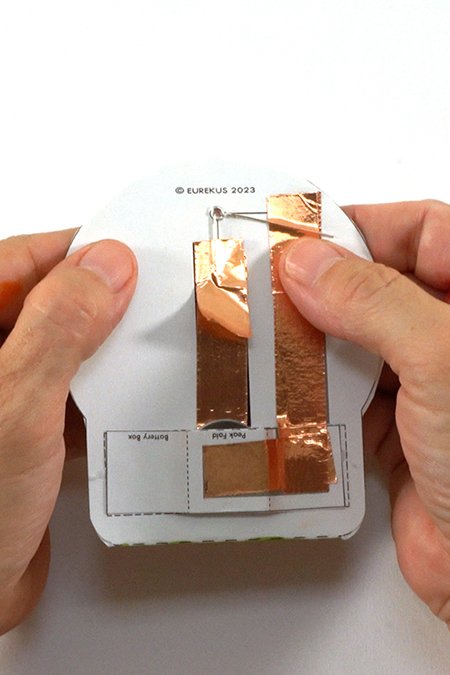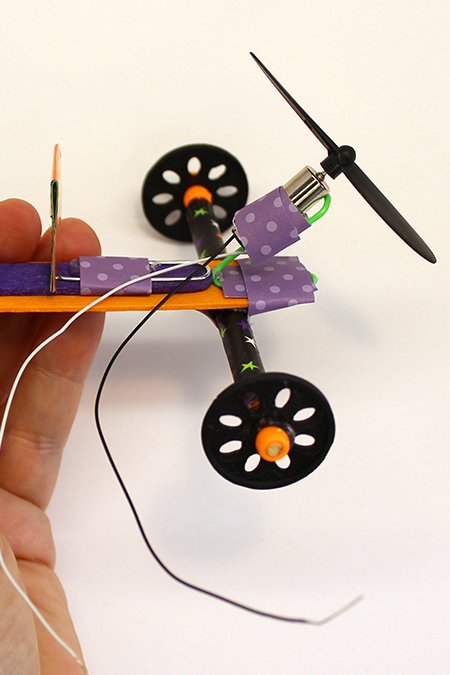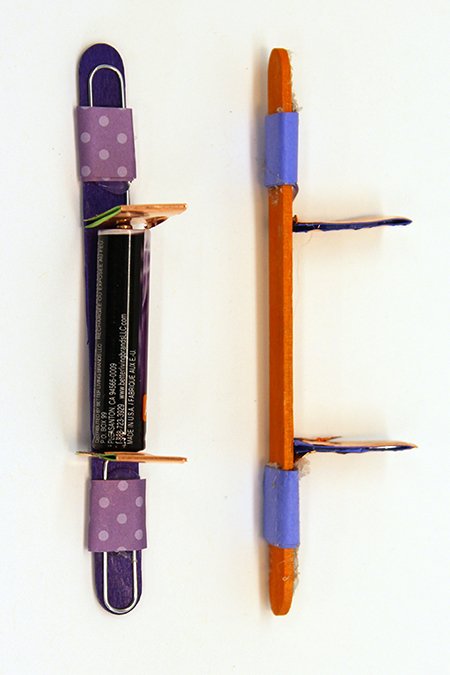SCRATCH MAKING
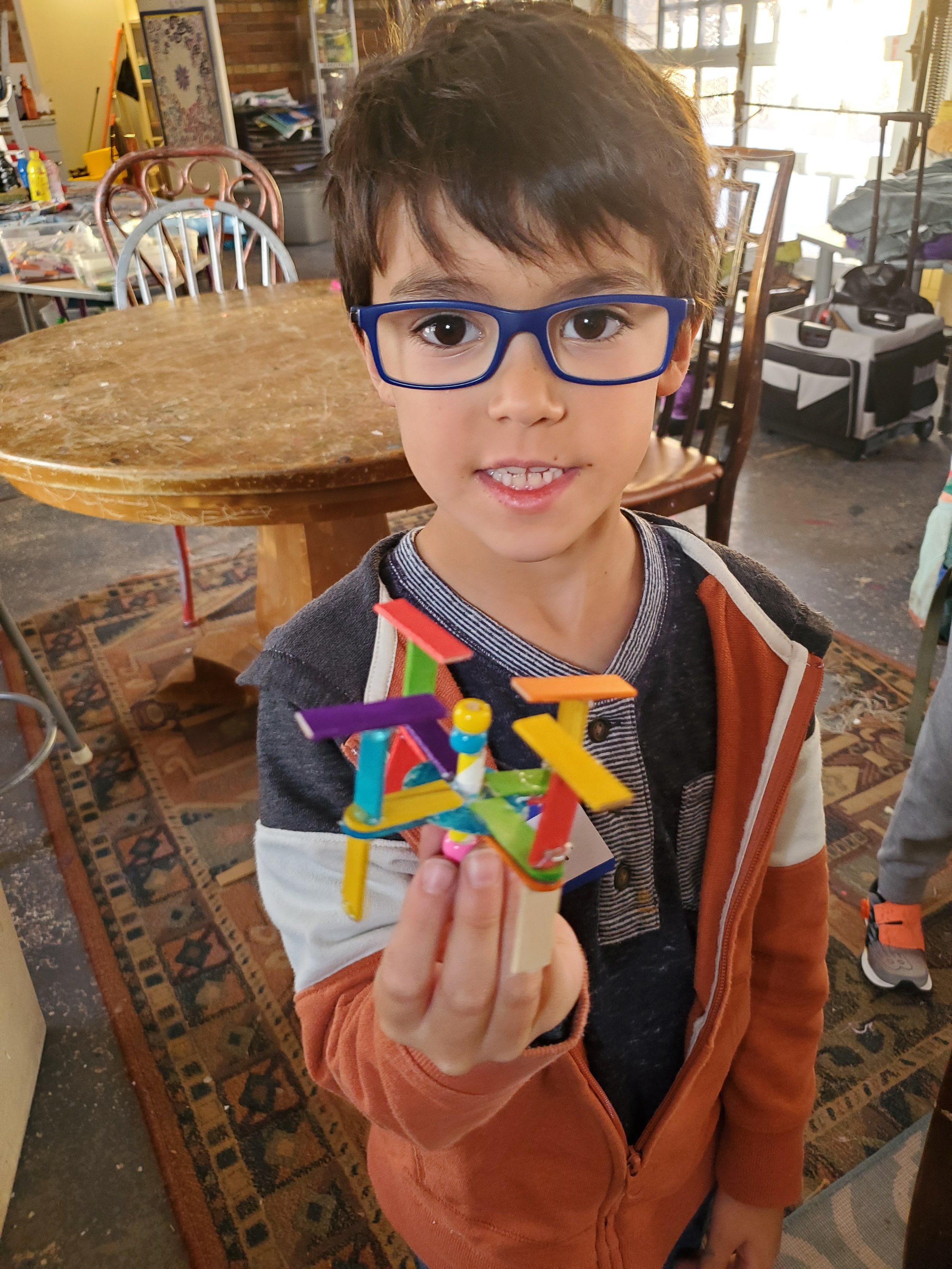
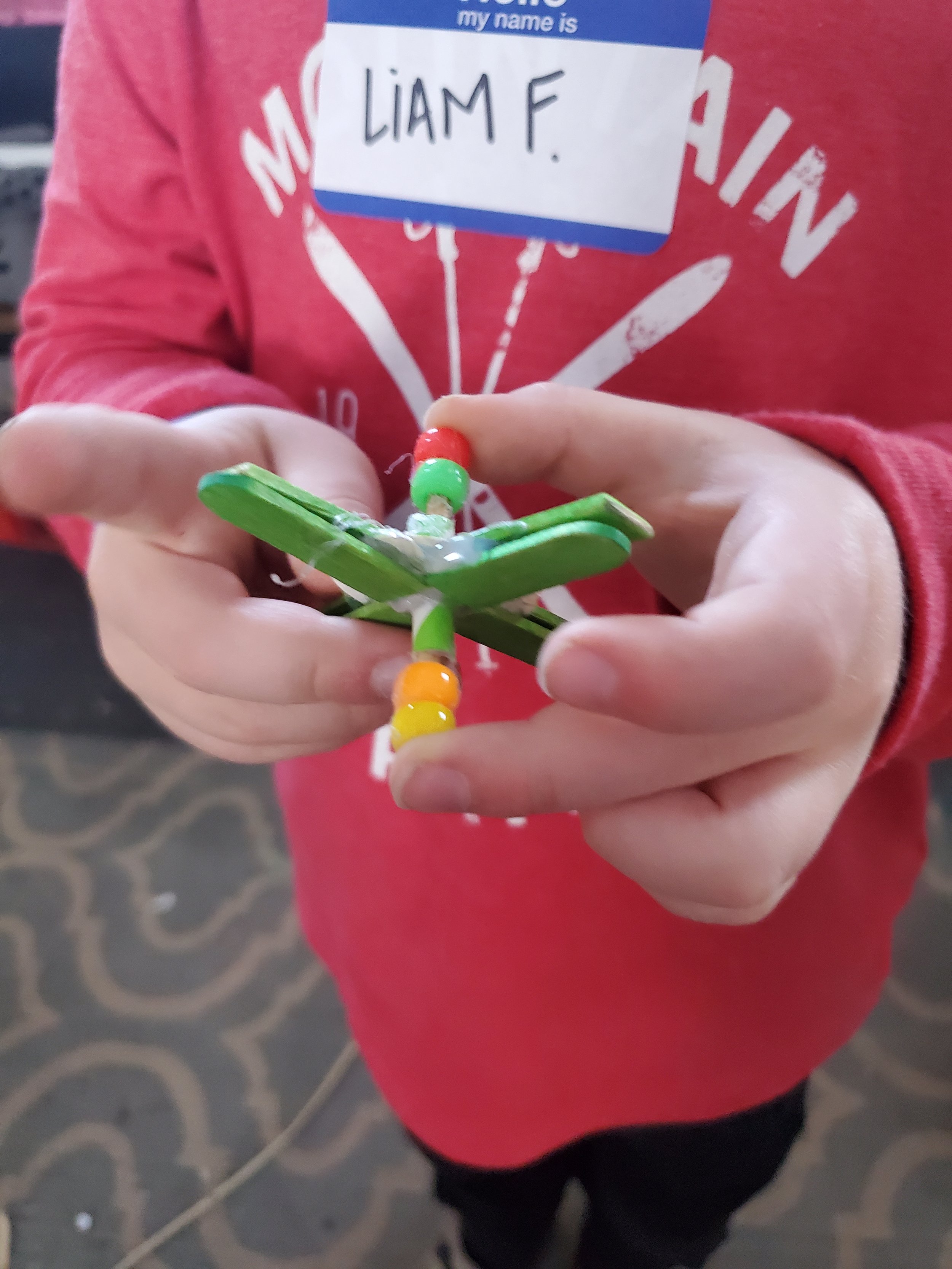








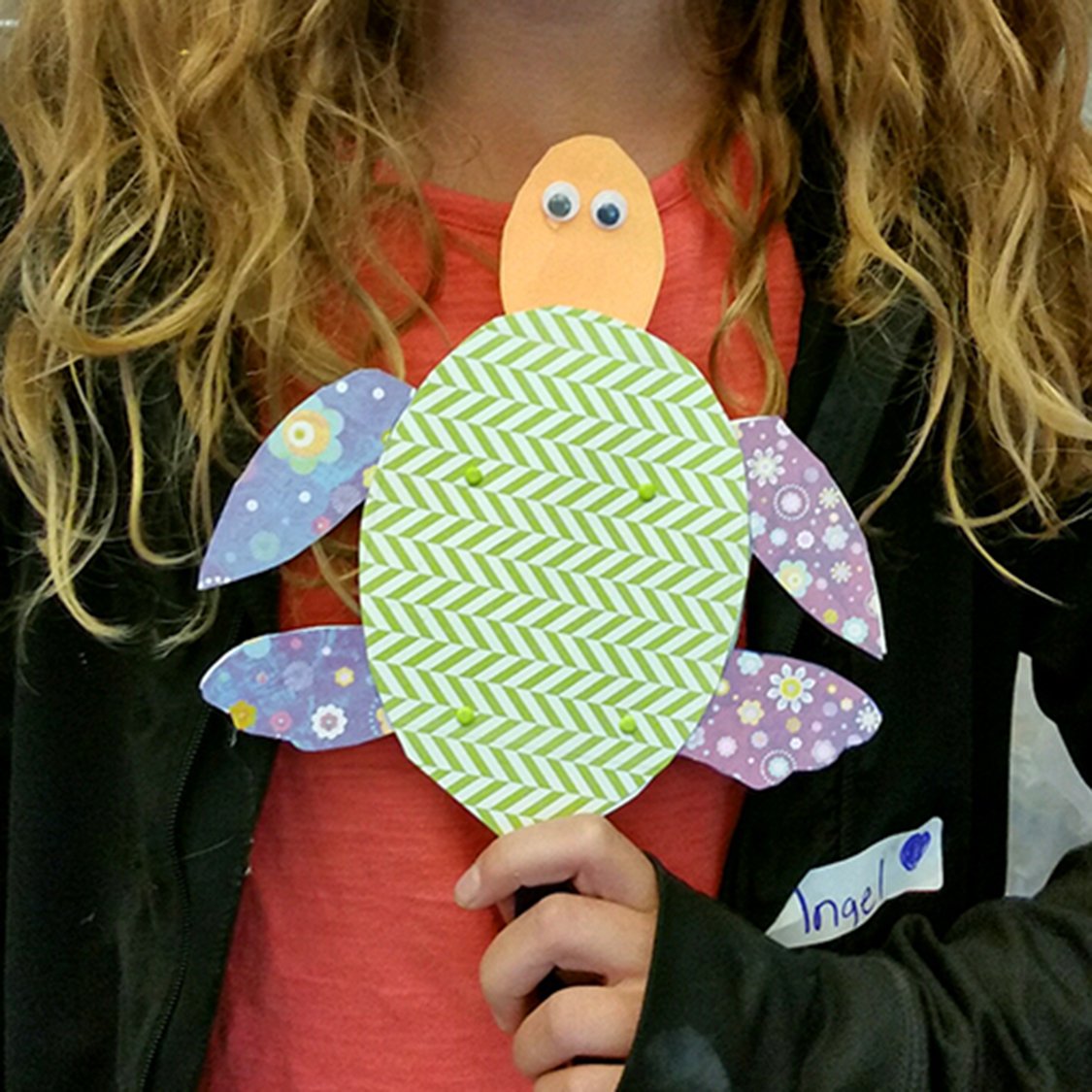



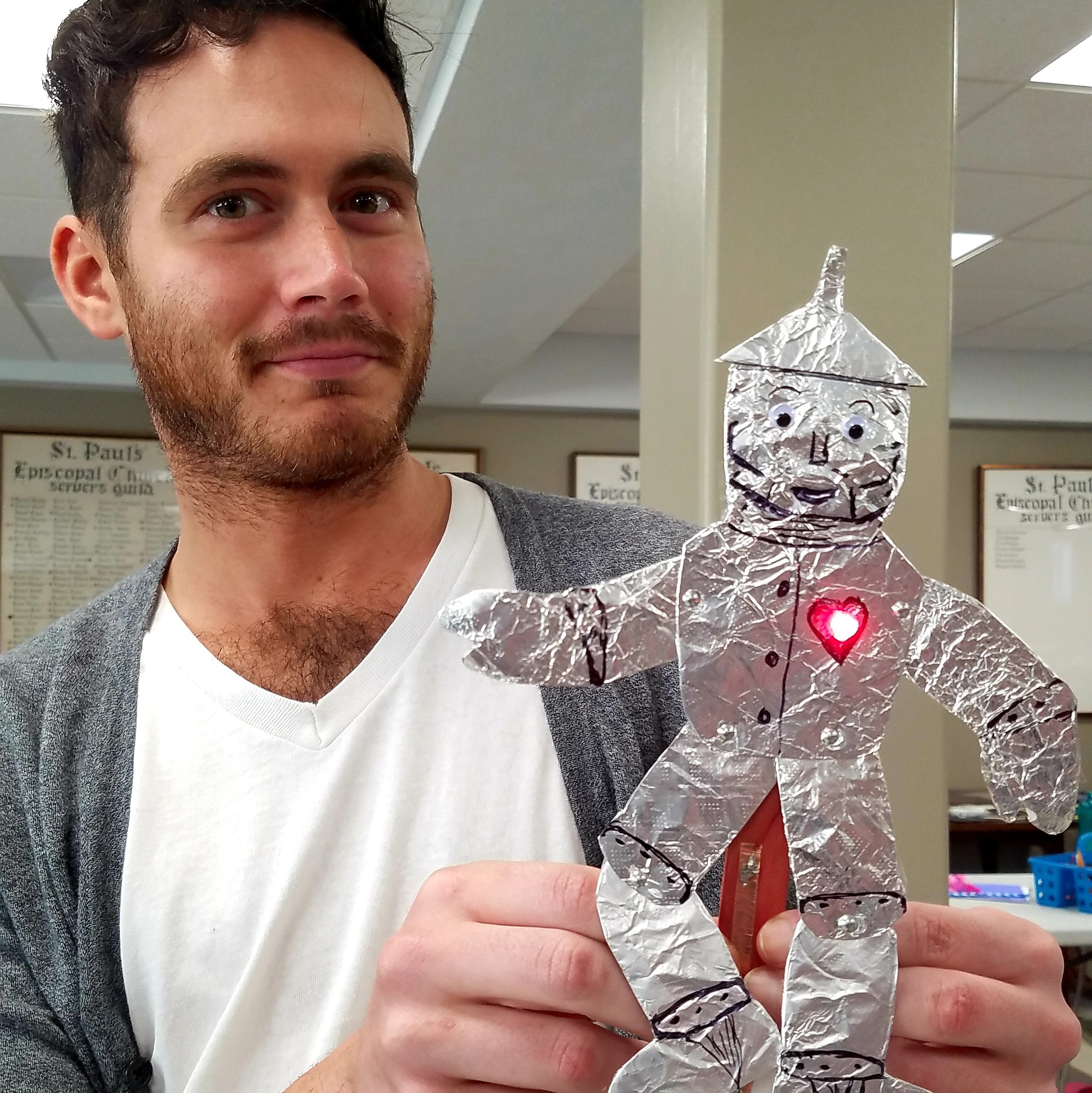
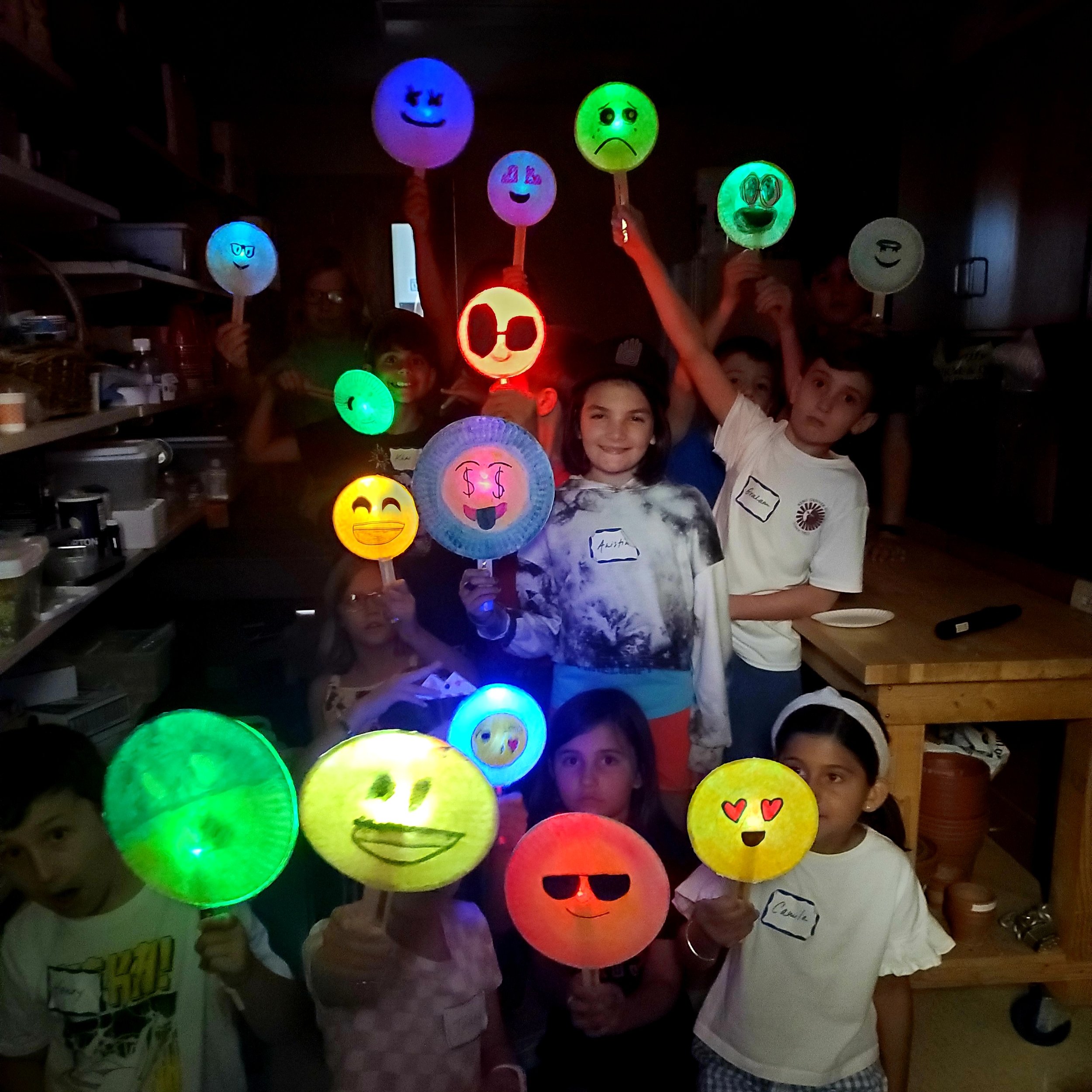

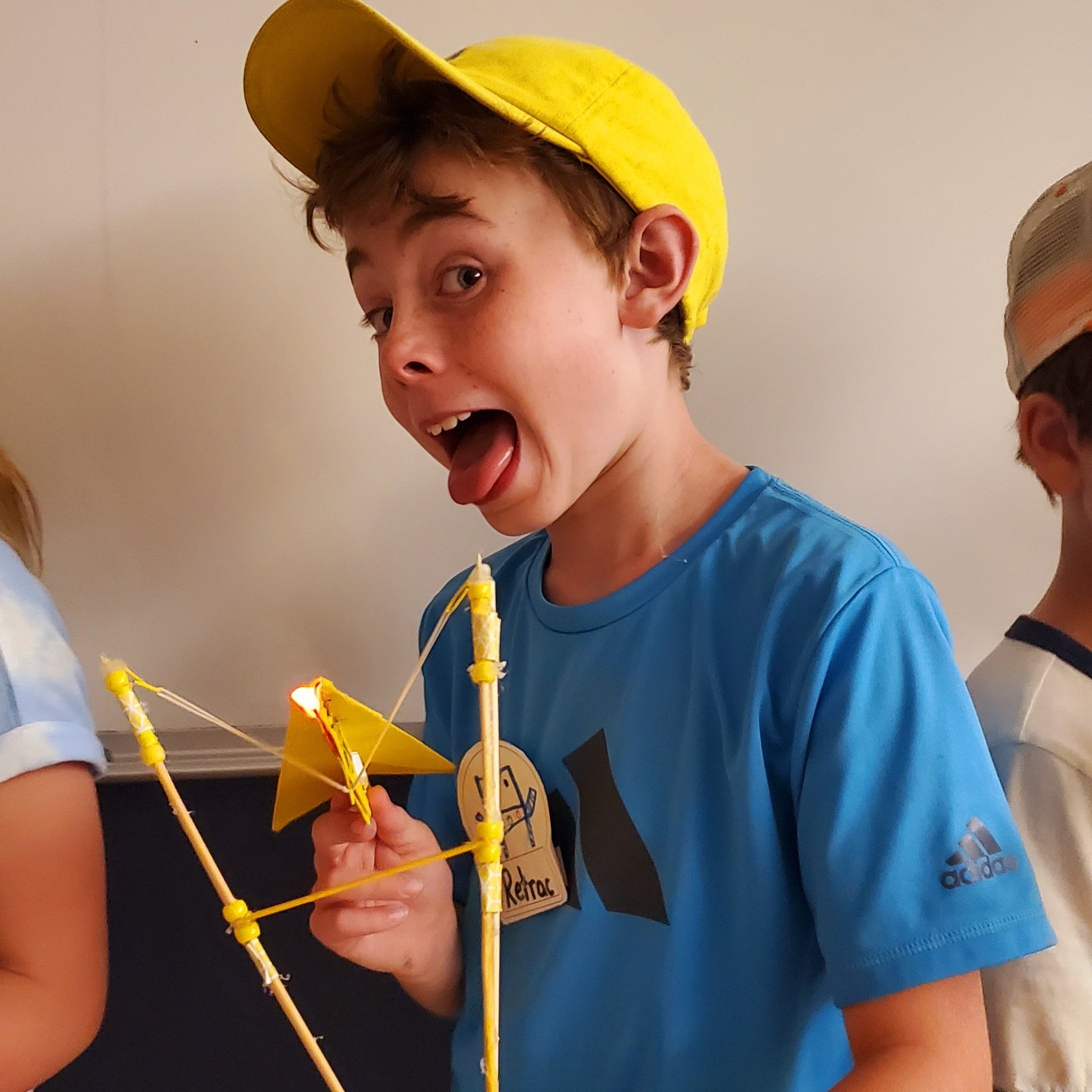
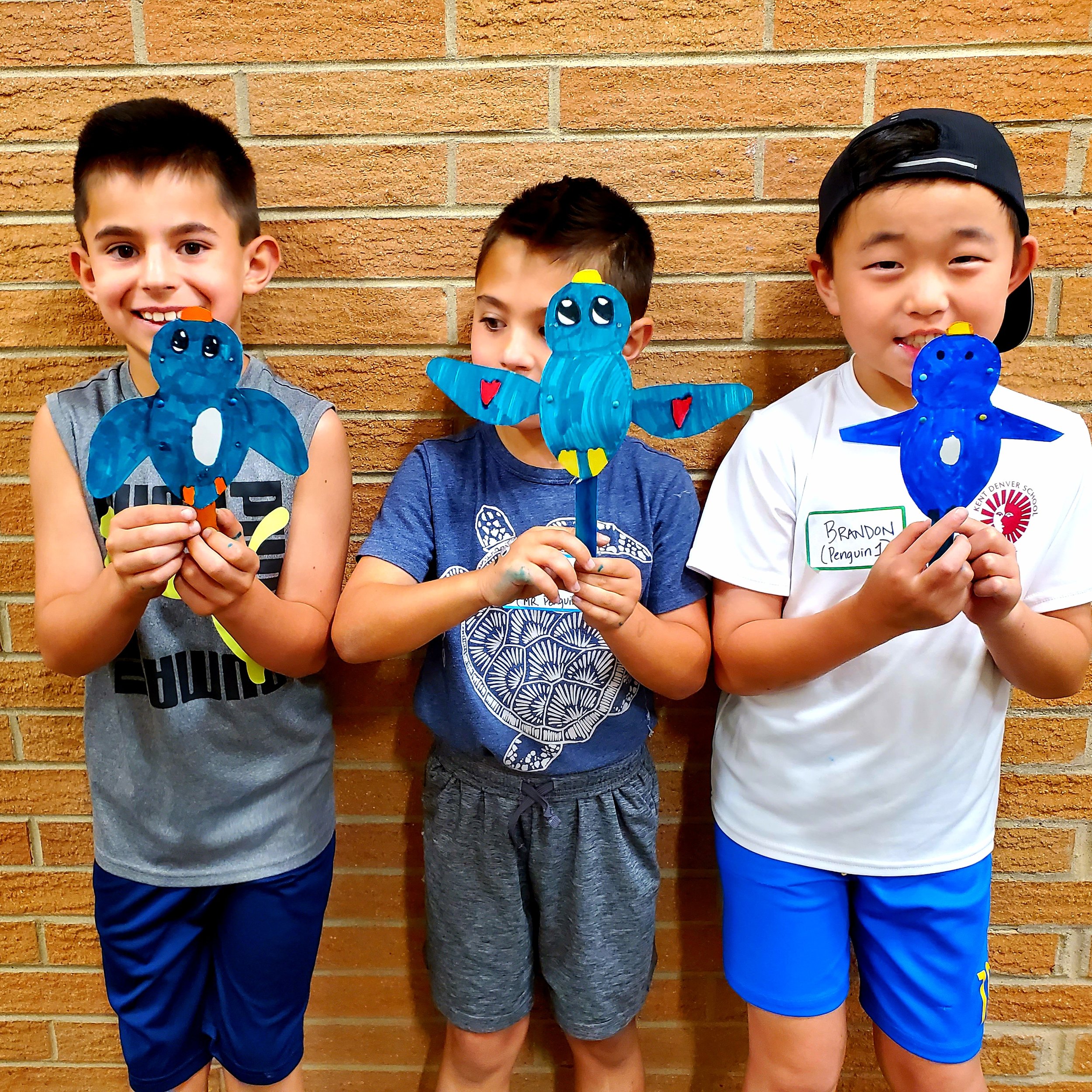
Build Engineering Literacy With Everyday Stuff
What is Scratch Making?
Think scratch cooking! Learners of all ages create from the ground up with basic ingredients and re-purposed materials, sparking deep and original thinking. At Eurekus, there’s no pre-fab, snap-together parts! We believe in elevating student invention with common, everyday stuff. And, we’ve developed a handy vocabulary to connect basic items to engineering concepts ~ our “Taxonomy of Making.” Exploring with everyday materials fosters true access, equity, affordability and sustainability.
Enjoy Tools, Tips and Techniques To Add Scratch Making Practice To Your Creative Classrooms. Review the Presentations, Videos & Slideshows Below to Learn More About Fueling Authentic Invention!
Program Introductions
Get Started
-
Check out the following PowerPoint presentations to learn more about our practice of Scratch Making.
In the first deck, we’ll share great tips and tools for inventing with common, re-purposed items. In the second, we’ll review our Taxonomy of Making ~ showing you how everyday materials parallel robust engineering concepts.
-
During our collaborations with scientists and engineers for over 20 years, we’ve designed a handy vocabulary to connect materials to engineering concepts. Skewers are axles, lids are wheels, straws are bearing, etc.
We’ll review our Taxonomy of Making ~ giving you great resources to foster robust mechanical skills while exploring how things are built, move and work.
-
At Eurekus, we like to approach engineering learning in ways that parallel human history. We start with simple machines to lay key foundations. Then we build knowledge and skills to invent more complex machines. We also add electronics and technology in meaningful, scaffolded ways.
For each engineering concept outlined below, we’ve recommended projects and activities to put ideas into action. Enjoy our project tutorials and recommendations.
-
Eurekus projects spark personal creativity and originality. Think of awesome ways you can adapt Scratch Making activities and techniques to activate units and classroom settings.
Many of our programs integrate with different topics to foster transdisciplinary learning. You can use Scratch Making practice to boost topics in exciting ways ~ STEAM, literacy, storytelling, social studies, etc.
-
Download our Scratch Making handout with our Taxonomy of Making. It’s a great resource with supply recommendations to make simple & complex machines.
PD Presentations
Watch The Following PowerPoint Presentations To Learn More About Scratch Making
Taxonomy of Making
Enjoy many tools & tips to learn about our vocabulary for connecting basic materials to robust engineering practice. We’ll show you how common, everyday stuff can relate to specific building & design concepts ~ lids are wheels, skewers are axles, straws are bearings, etc. Scaffold learning from simple to complex machines & add cool technology. Plus, enjoy many maker videos & project recommendations to put concepts into action!
Invent Simple Machines
Wheels & Axles
-
Wheels & axles are simple machines used for lifting, locomotion & movement. A wheel is a series of levers in a circle usually attached to a rod or shaft called an axle. Think of spokes on a bicycle wheel.
Wheels & axles also work with their best friend, the bearing. The bearing is a tube or cylinder that helps the axle spin without friction.
-
You can use the following materials to create wheels & axles.
Bamboo Skewers & Dowels
Wire & Paperclips
Lids, Spools, Caps & CDs
Cardboard or Paper Circles
3D Printed Wheels
-
We recommend the following projects to dive deeper into wheel & axle design:
Bushings & Bearings
-
We like to say that wheels & axles have best friends called bushings or bearings. These are often tube or cylinder-shaped objects that assist with rotation and lessen friction. The axle is often inserted into a bushing or bearing to help it spin.
-
You can use the following materials to create bushings & bearings.
Paper Straws
Plastic Straws
Pony Beads
Spools
Cardboard with Holes
Stiff Materials
-
We recommend the following projects to dive deeper into building with Bushings & Bearings:
Levers
-
Levers are a simple machines are used to increase force, lift and move objects. They are made with a rigid beam that rotates around a point called a fulcrum. Think of things like see saws, scissors, even your elbow.
There are 3 classes of levers that have different placements of the fulcrum, force & load.
-
You can use the following materials to create levers.
Large Brads
Mini Brads
Paperclips
Clothespins
Skewers
Stiff Materials like Cardboard & Plastic
-
We recommend the following projects to dive deeper into lever design:
Pulleys
-
Pulleys are a type of simple machine used to multiply force and lift weight. They are made with a rope or cord wrapped around a wheel and axle. Think of objects like cranes and fishing poles.
Adding more than one pulley gives you a mechanical advantage.
-
You can use the following materials to create pulleys.
Bobbins, Straws & Brads
Spools & String
Rubberbands & Skewers
Retractable Badges
-
We recommend the following projects to dive deeper into pulley system designs:
Inclined Planes
-
Inclined planes are a type of simple machine with a tilted surface or ramp. They are used to make lifting and transport easier.
Triangular trussed or braces also use the properties of inclined planes to help in construction. They help to distribute weight and increase strength.
-
You should use stiff materials to create inclined planes.
Cardboard
Foamcore
Foam Math Squares
Popsicle Sticks
Plastic
-
We recommend the following projects to dive deeper into inclined plane design:
Inclined Plane Maze (Tilted Surface)
Wind Racers (Trusses & Braces)
Simple Machines Shoebox Rover (Free Program)
Wedges
-
A wedge is a simple machine that has rigid rods or sides that taper to an edge. Wedges are made with inclined planes put together. They are used for splitting and cutting. Think of things like shovels, scoopers, knives, etc. Even rocket cones and fins are wedges used to help with flight.
-
You can use the following materials to create wheels & axles.
Skewer Point
Paper Cones & Fins
Popsicle Sticks
Paper Scoops
Plastic Utensils
-
We recommend the following projects to dive deeper into wedge design:
Lever Launchers (Cones & Fins)
Shoebox Rover (Free Program)
Screws
-
A screw is a simple machines used for connecting objects and lifting. A screw has an inclined plane wrapped around an axle. The point is a wedge.
-
You can use the following materials to create screws.
Bamboo Skewers & Dowels
Paper
Re-purposed Glue Sticks
Re-purposed Chapstick
Re-purposed Hardware Screws
-
We recommend the following projects to dive deeper designing screws with re-purposed parts:
Create Complex Machines
Springs
-
A spring is an elastic object that stores mechanical energy and releases it when the opposing force is removed.
-
You can use the following materials to create wheels & axles.
Metal Paperclips
Rubberbands
Clothespins
Re-Purposed Ball Point Pens
Metal Springs
-
We recommend the following projects to dive deeper into inventing with springs:
Catapult Buggies
Night Fliers
Slingshot Airplanes
Hinges & Treads
-
A hinge is a bearing that connects two solid objects. They make a lever and allow a limited angle of rotation.
A tread uses a series of plates hinged together. Treads rotate around wheels to help with locomotion on difficult ground.
-
You can use the following materials to create hinges & treads.
Skewers & Toothpicks
Paperclips
Straws (Various Sizes)
Beads
Cardboard
Paper
Florist Wire
-
We recommend the following projects to design hinges & treads:
Automata
-
Automata is an ancient engineering system used to convert motion. It uses wheels or cams to transfer rotational motion into linear motion. It activates the motion of objects with a gear-like system.
-
You can use the following materials to create wheels & axles.
Bamboo Skewers & Dowels
Foam or Cardbard Wheels
Balsa Wood
Beads
-
We recommend the following projects to construct Automata systems.
Automata Floats
Propulsion Systems
-
Propulsion systems help things move and go. There are many common objects that can create force for movement.
-
You can use the following materials to create propulsion.
Balloons
Paper Foils (Sails)
Rubberbands
Paperclips
Springs
Motors
Propellers
-
We recommend the following projects to design propulsion systems:
Circuits & Electronics
-
It’s very easy and engaging to add fun technology to inventions. You can also use many common items to create with electronics. Think about basic craft and office supplies that are great for conductors and insulators.
-
You can use the following materials to add cool electronics to your investigations.
Vibrating Motors
LED Lights
Copper Tape
Propeller Motors
Batteries
Homemade Battery Boxes
Paperclips
Small Switches
Binderclips
-
We recommend the following projects to dive deeper into creating with electronics.
